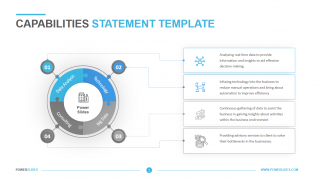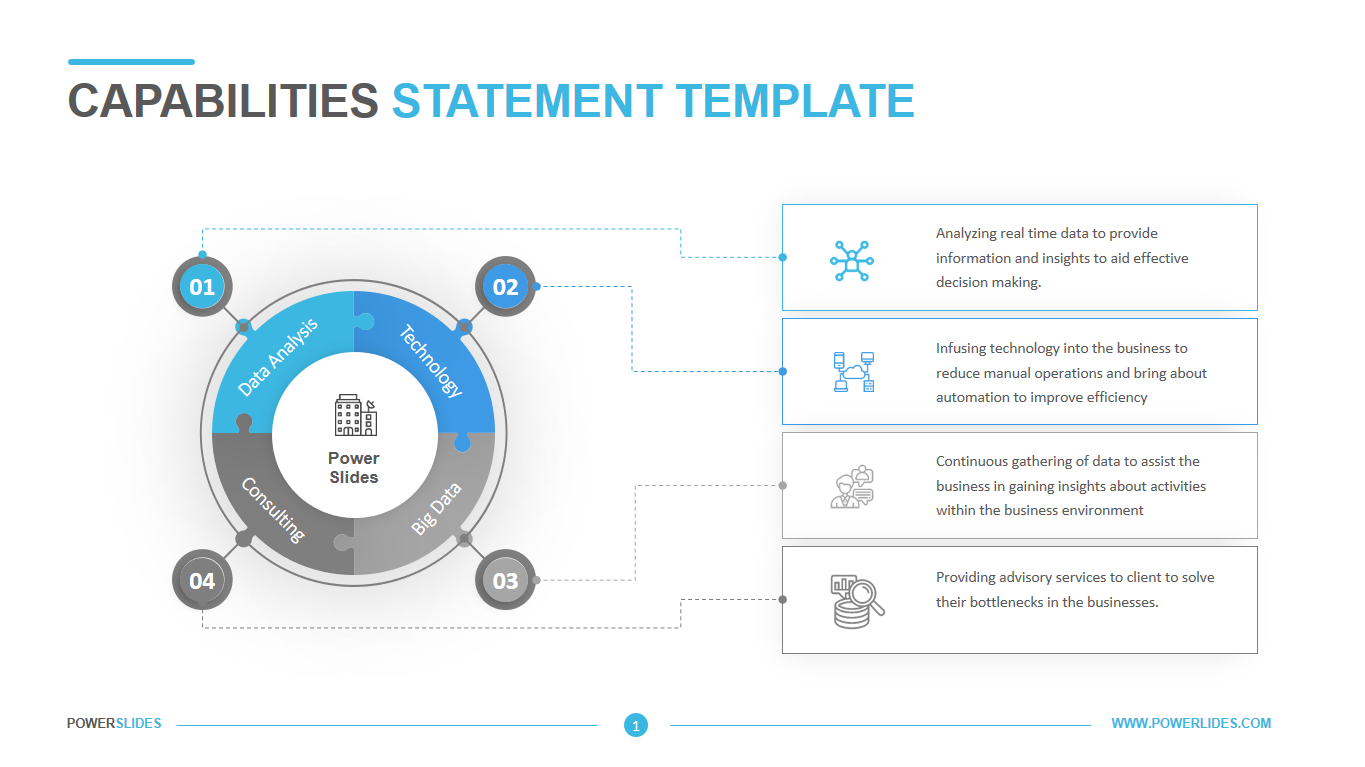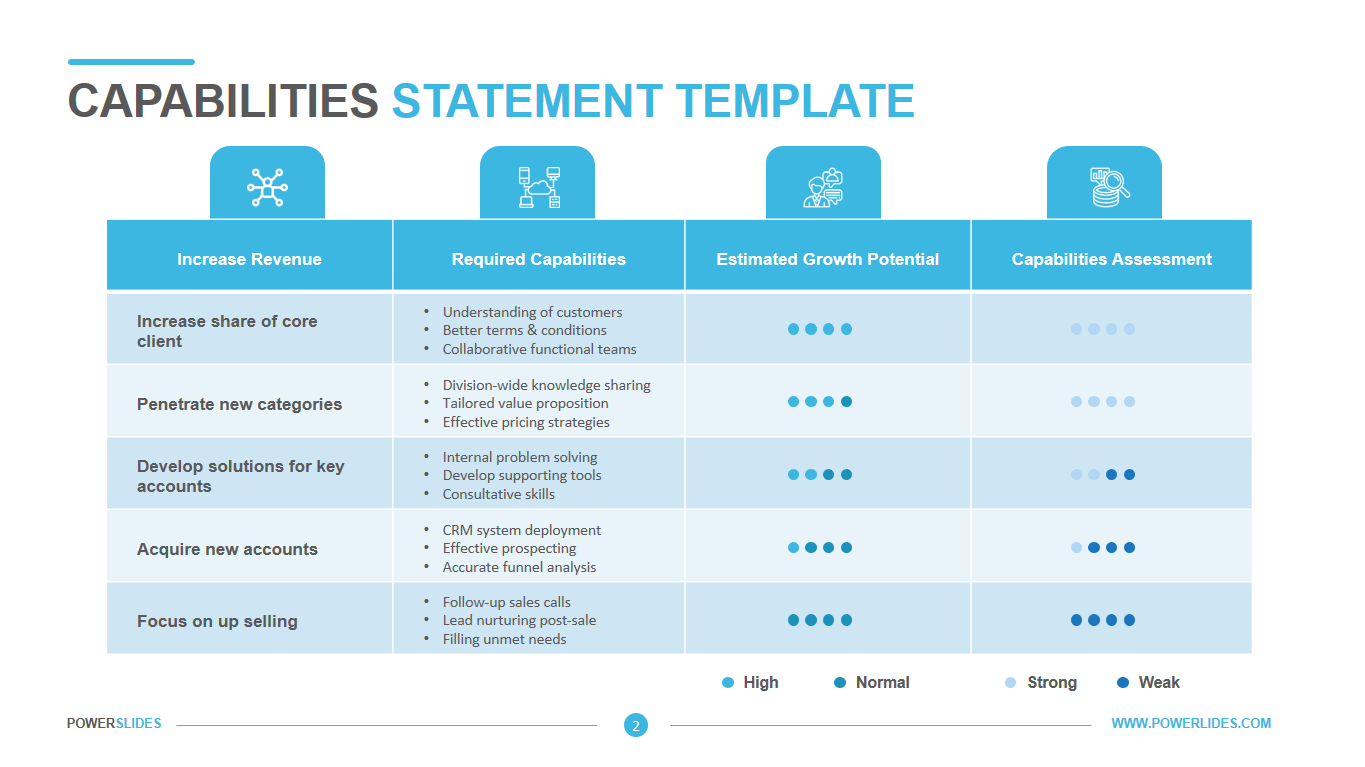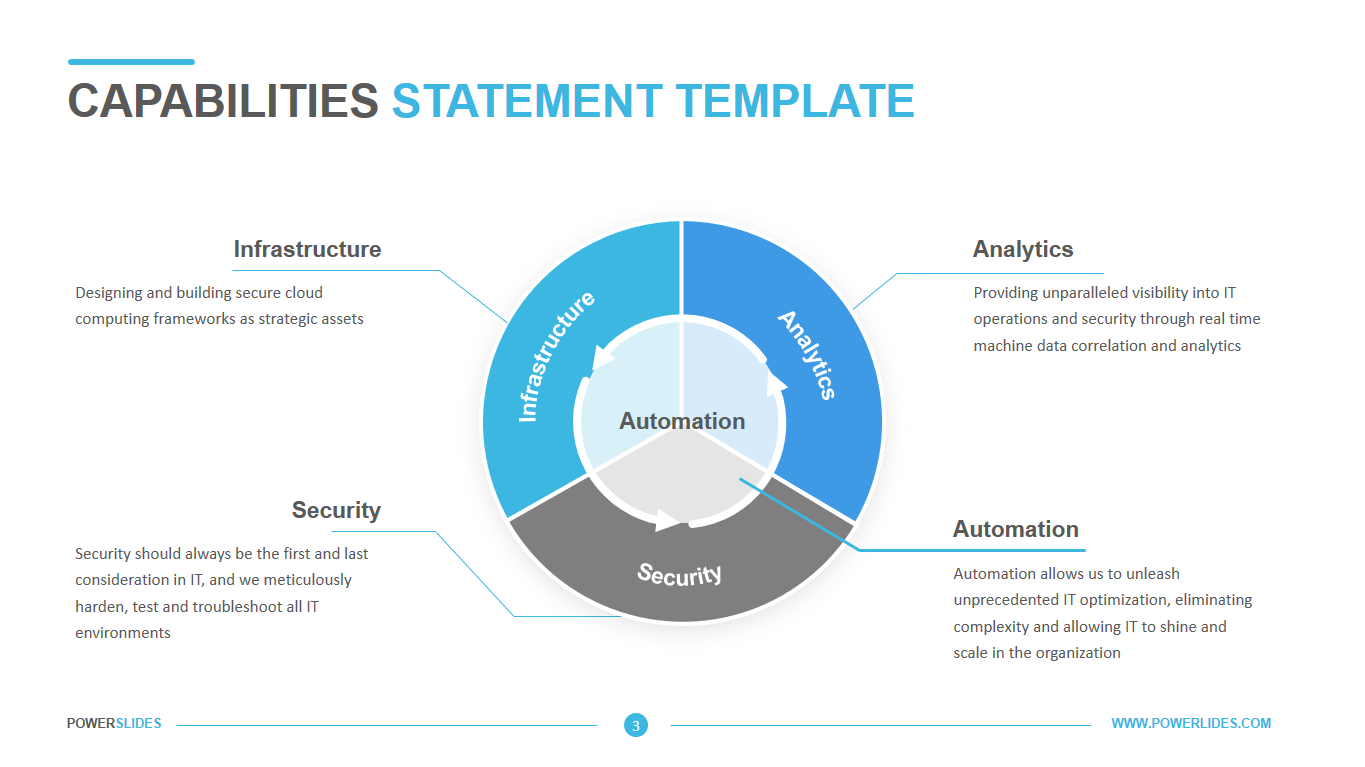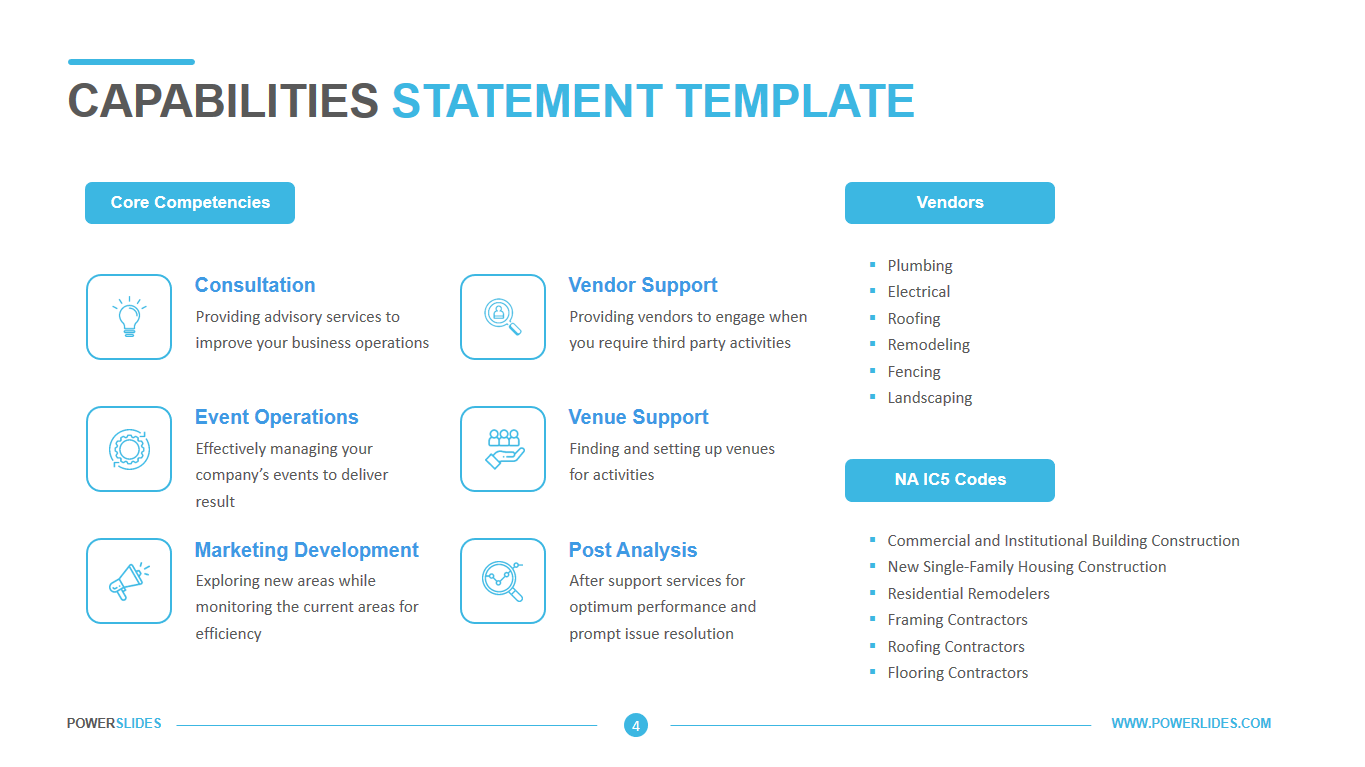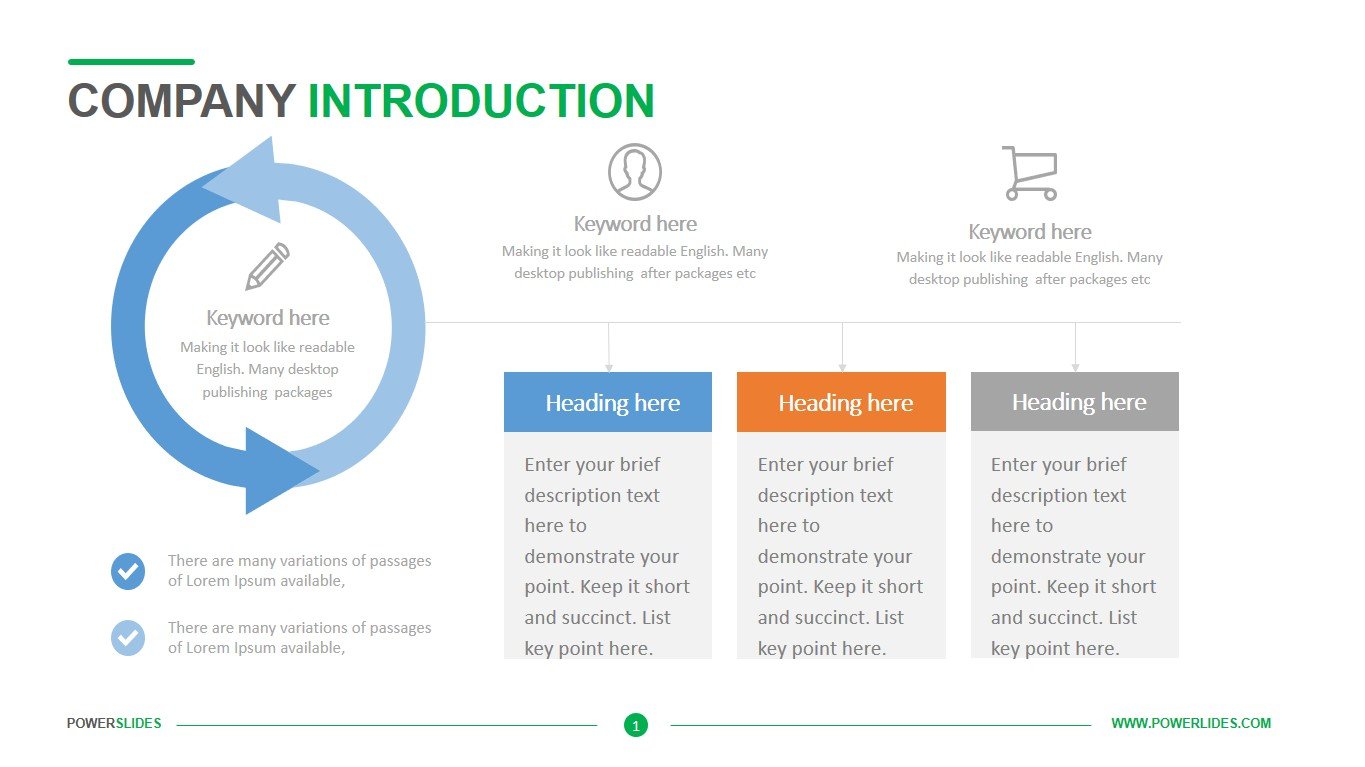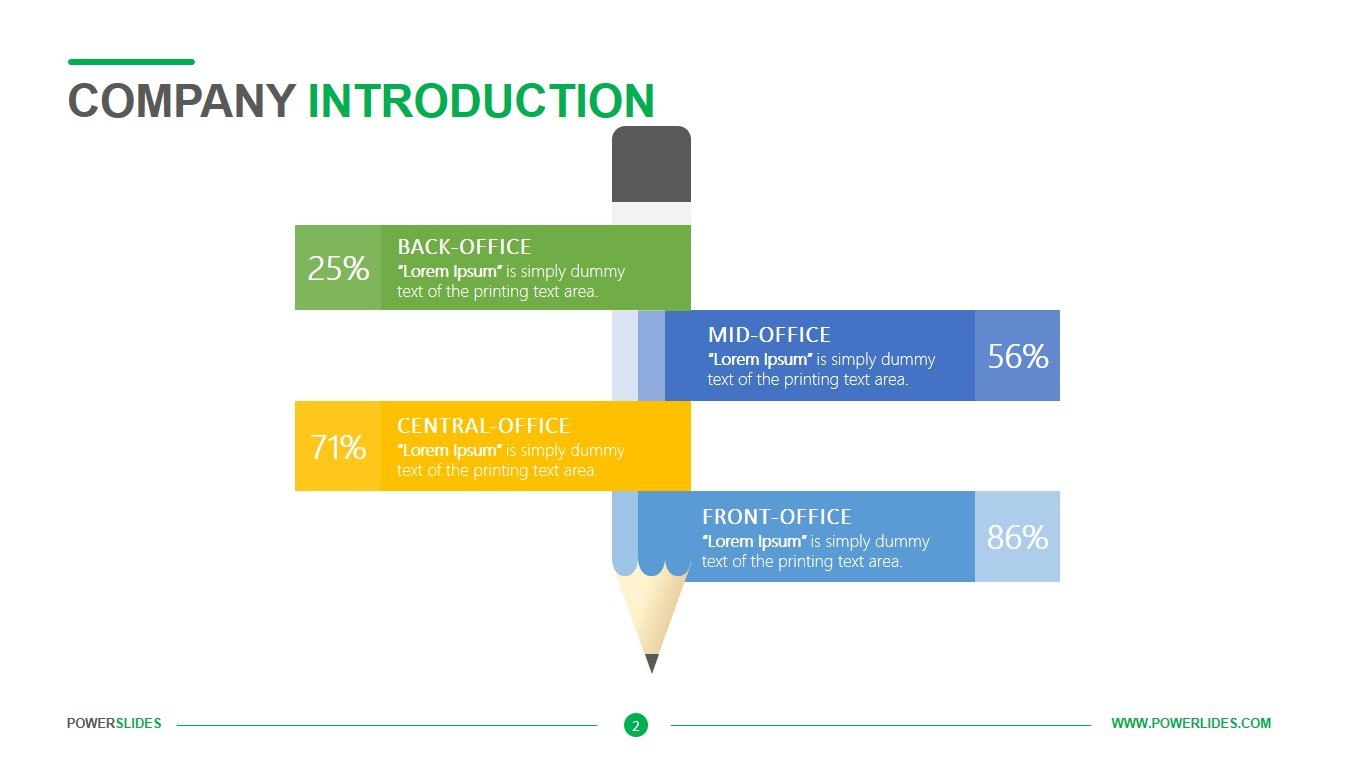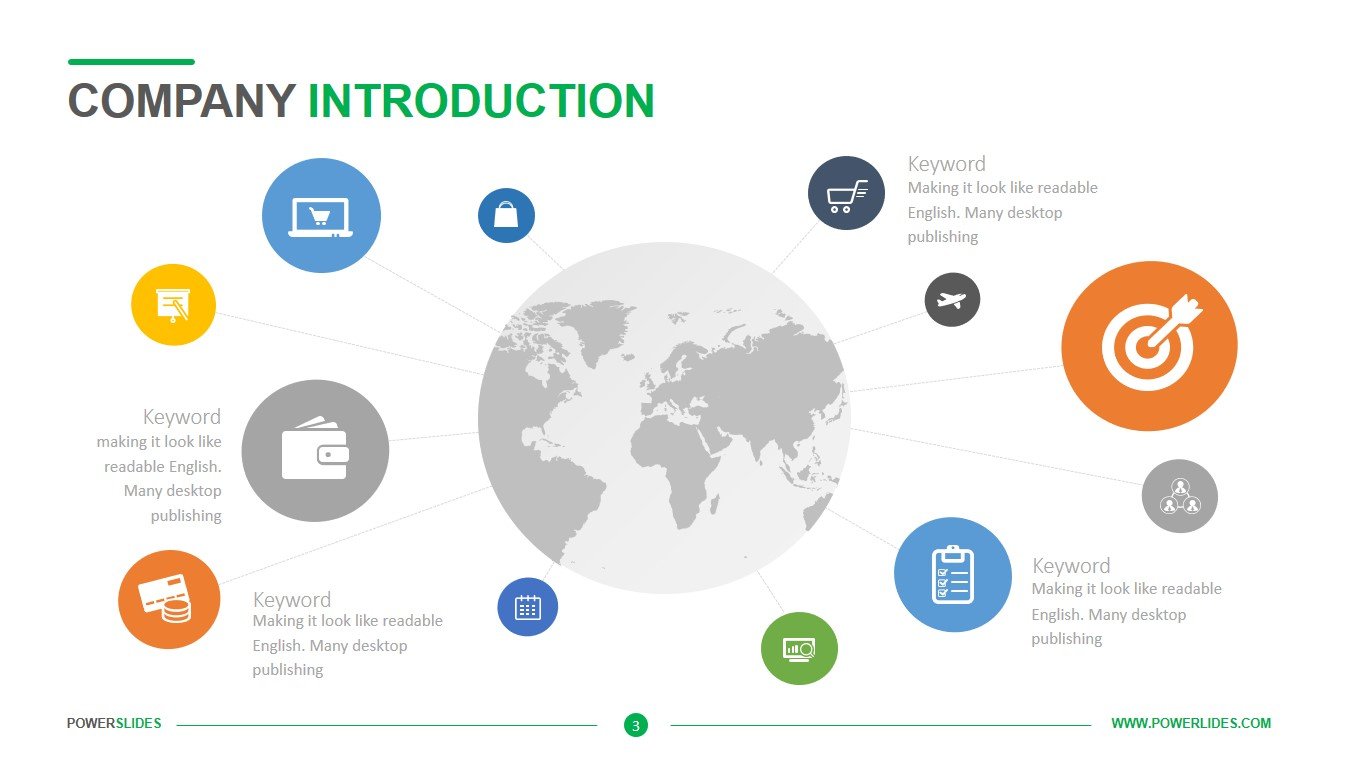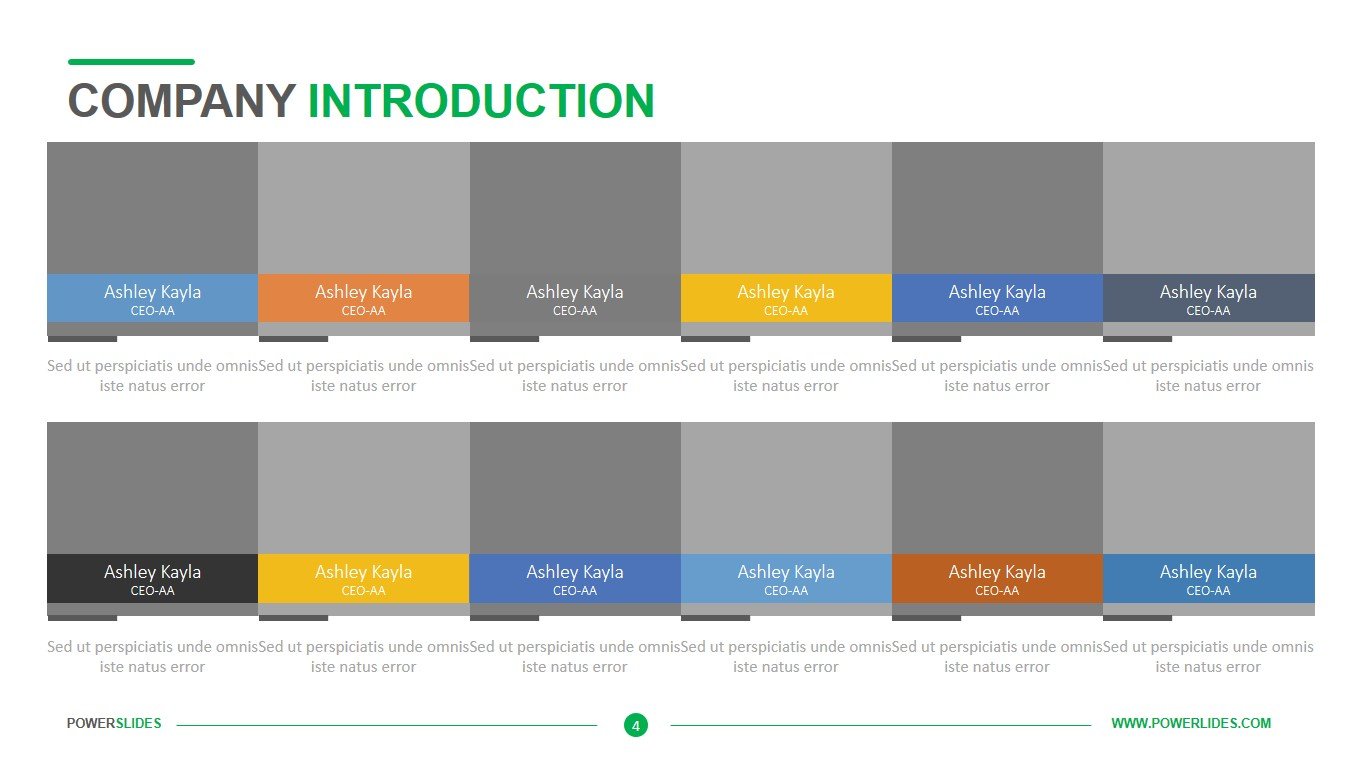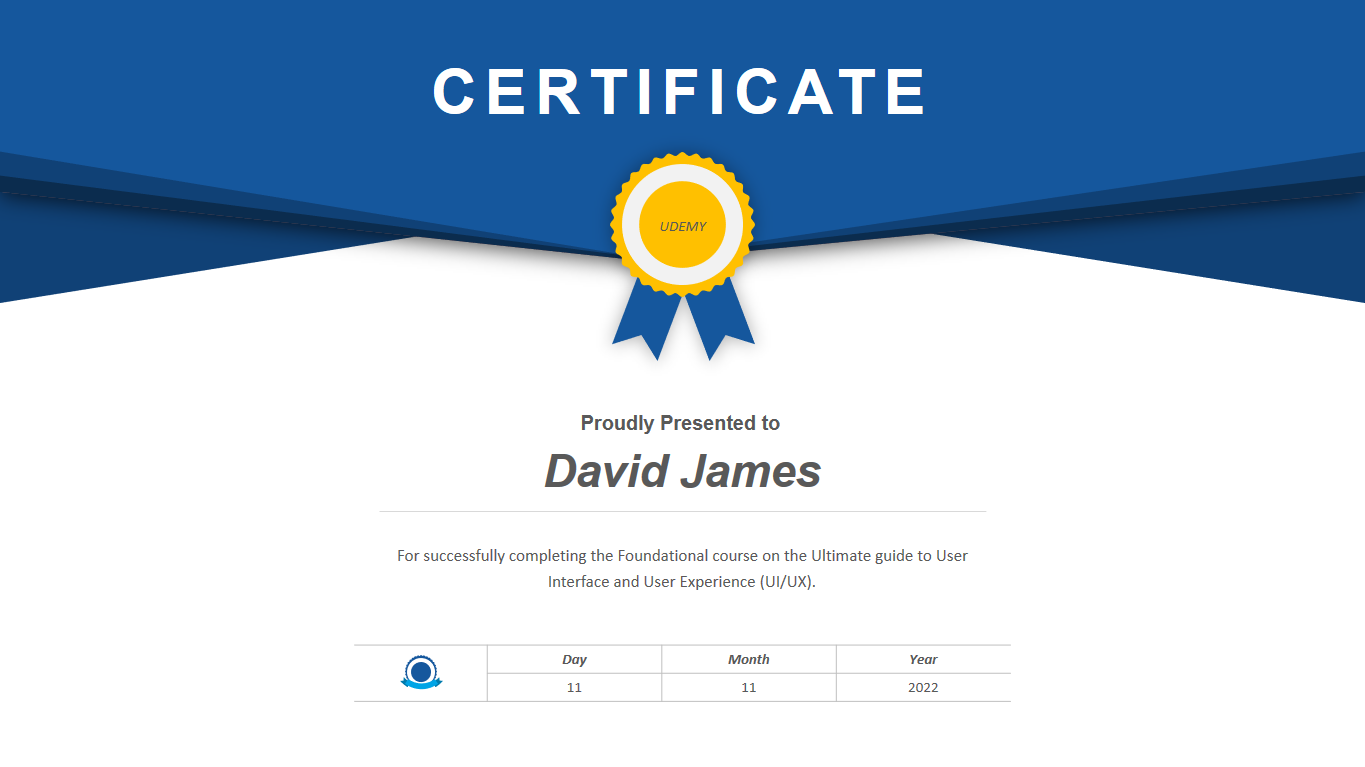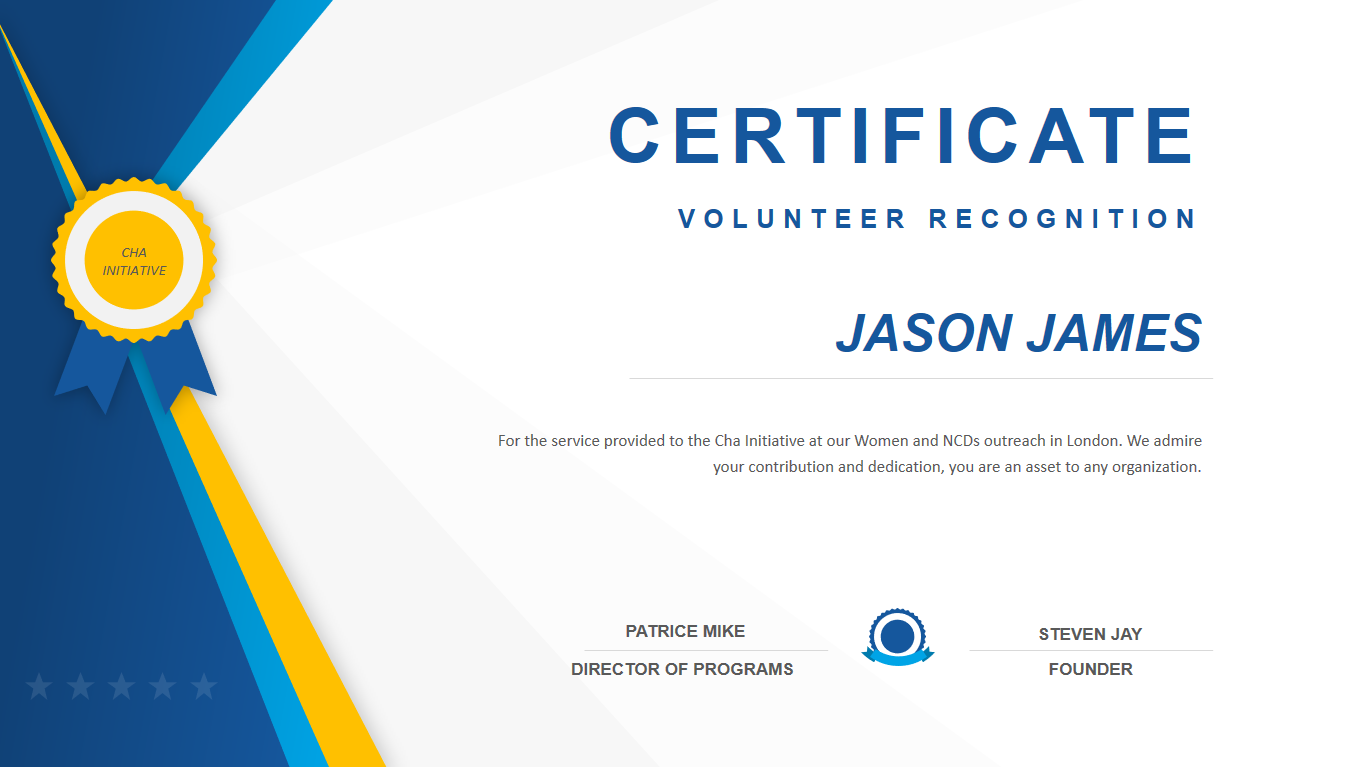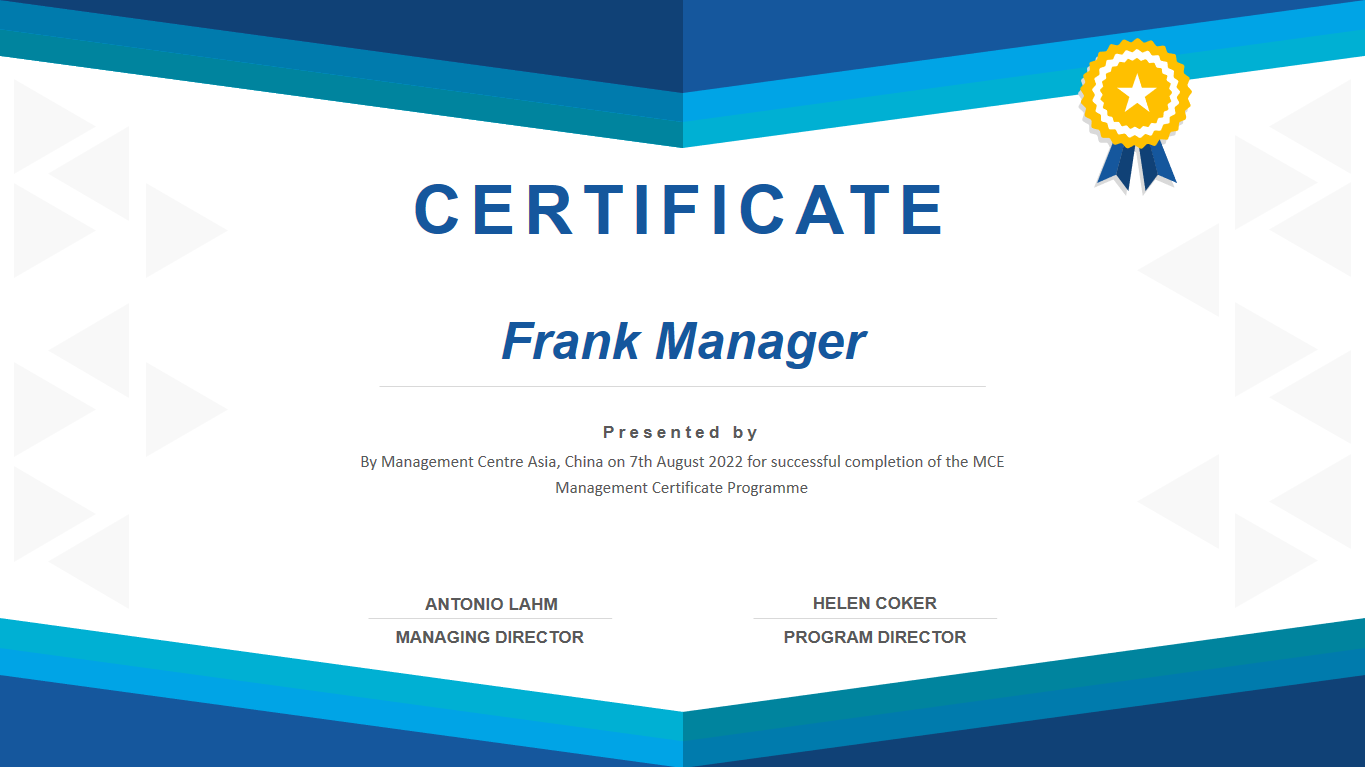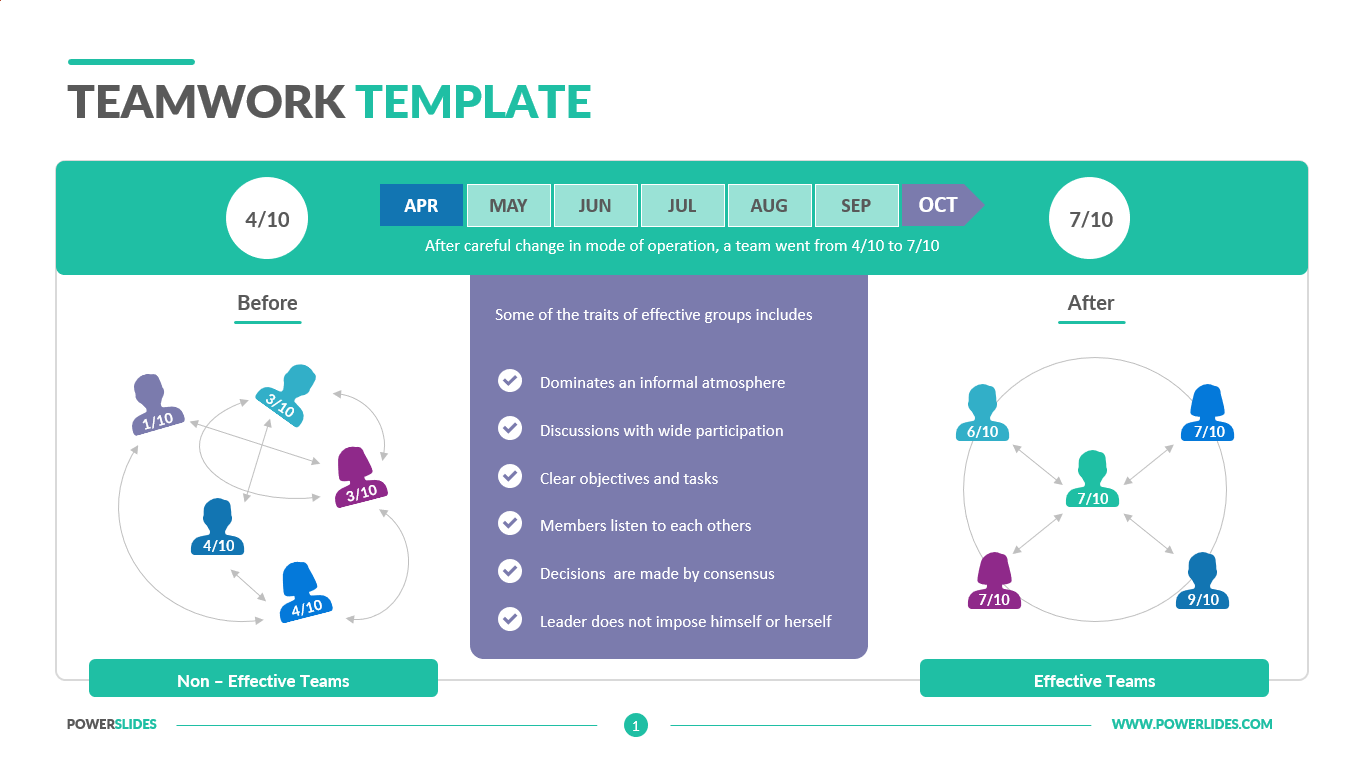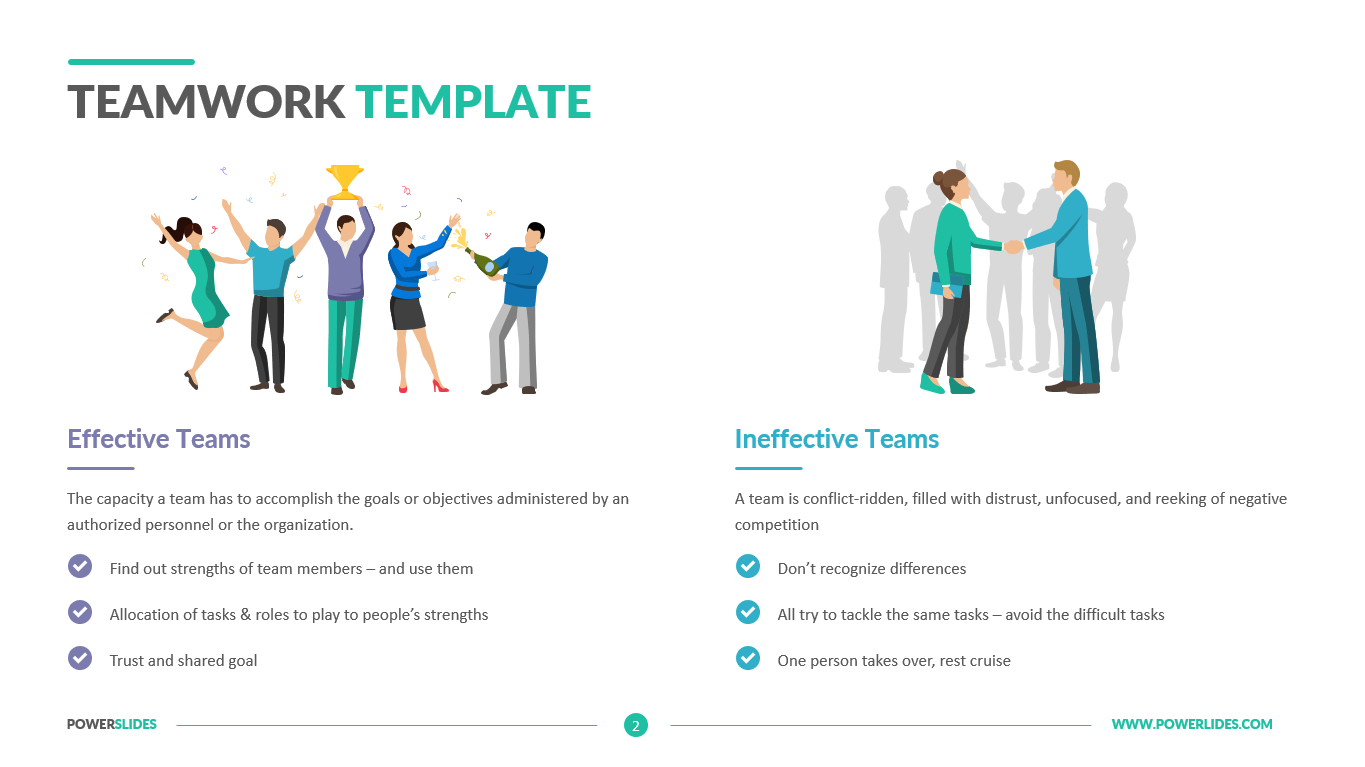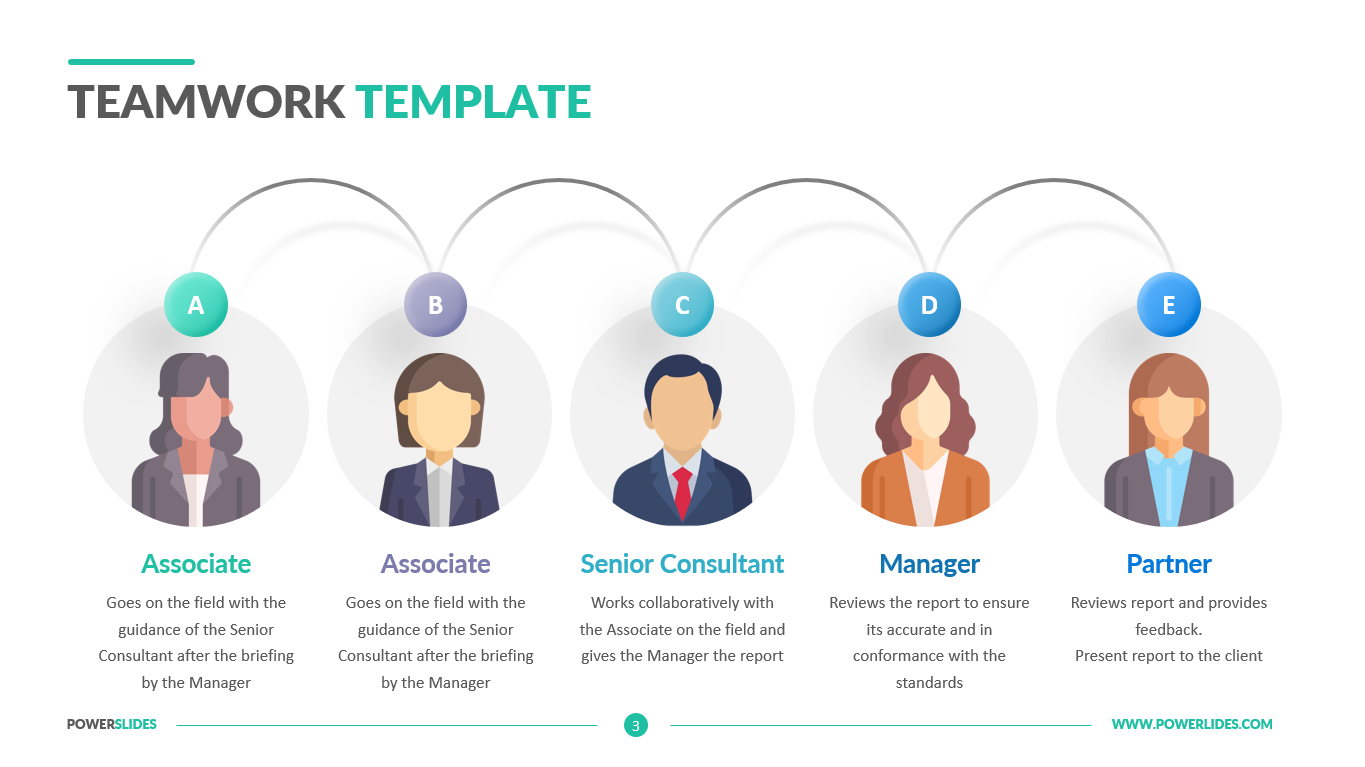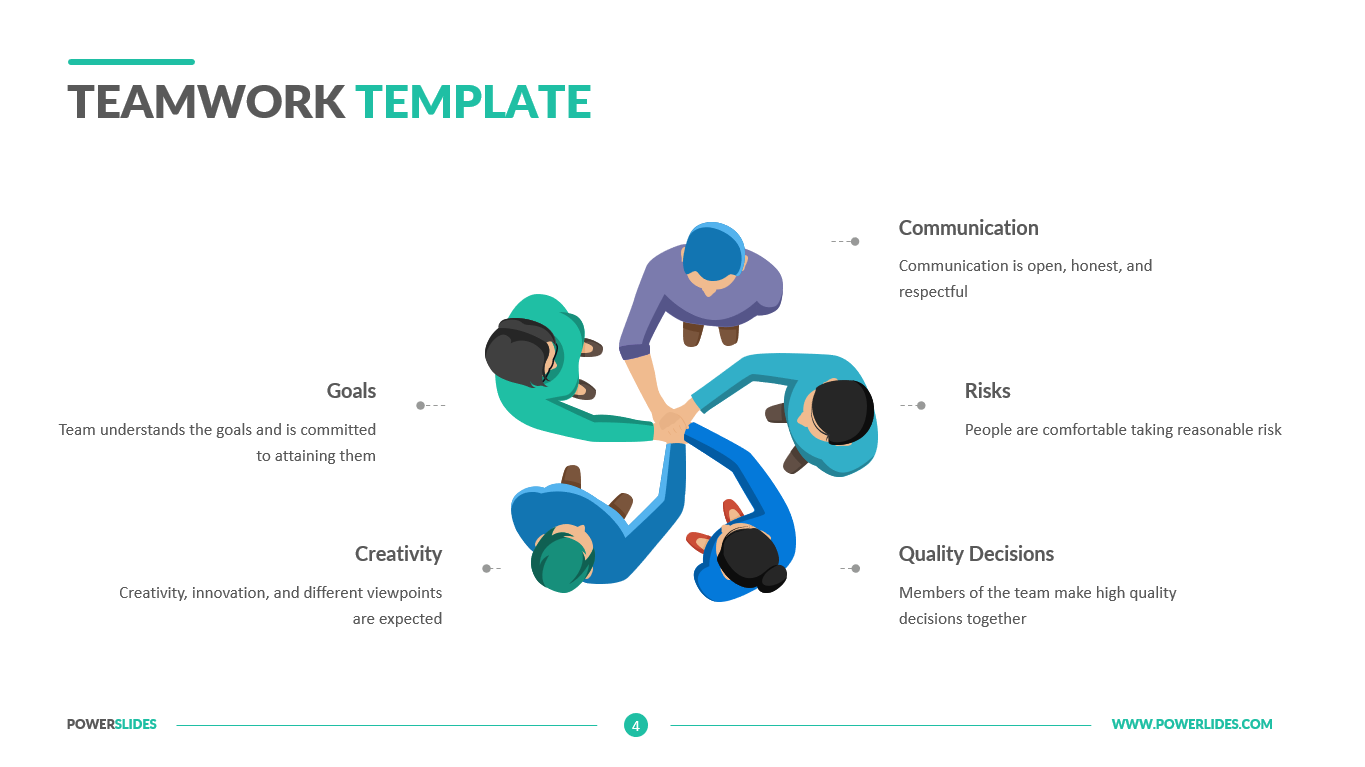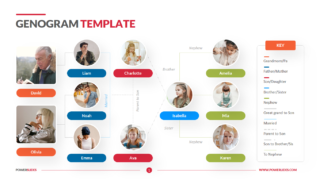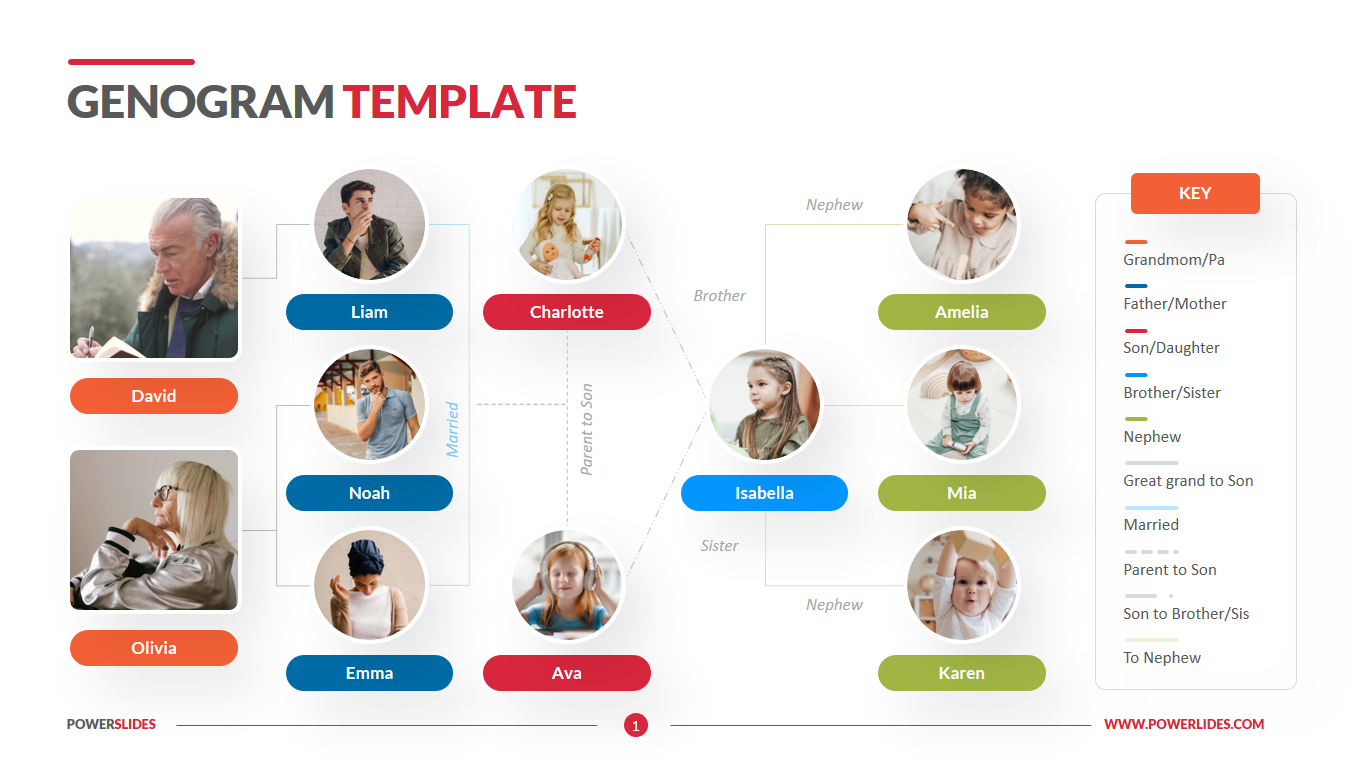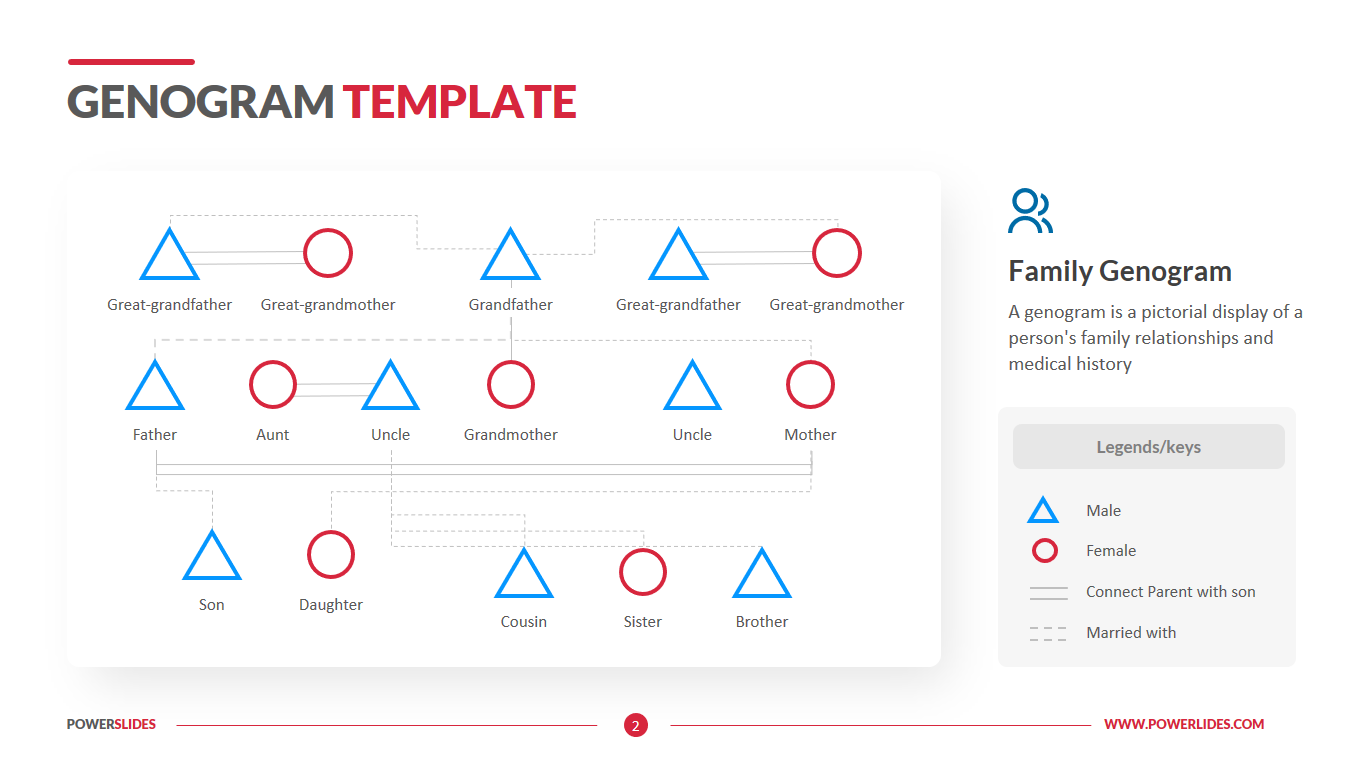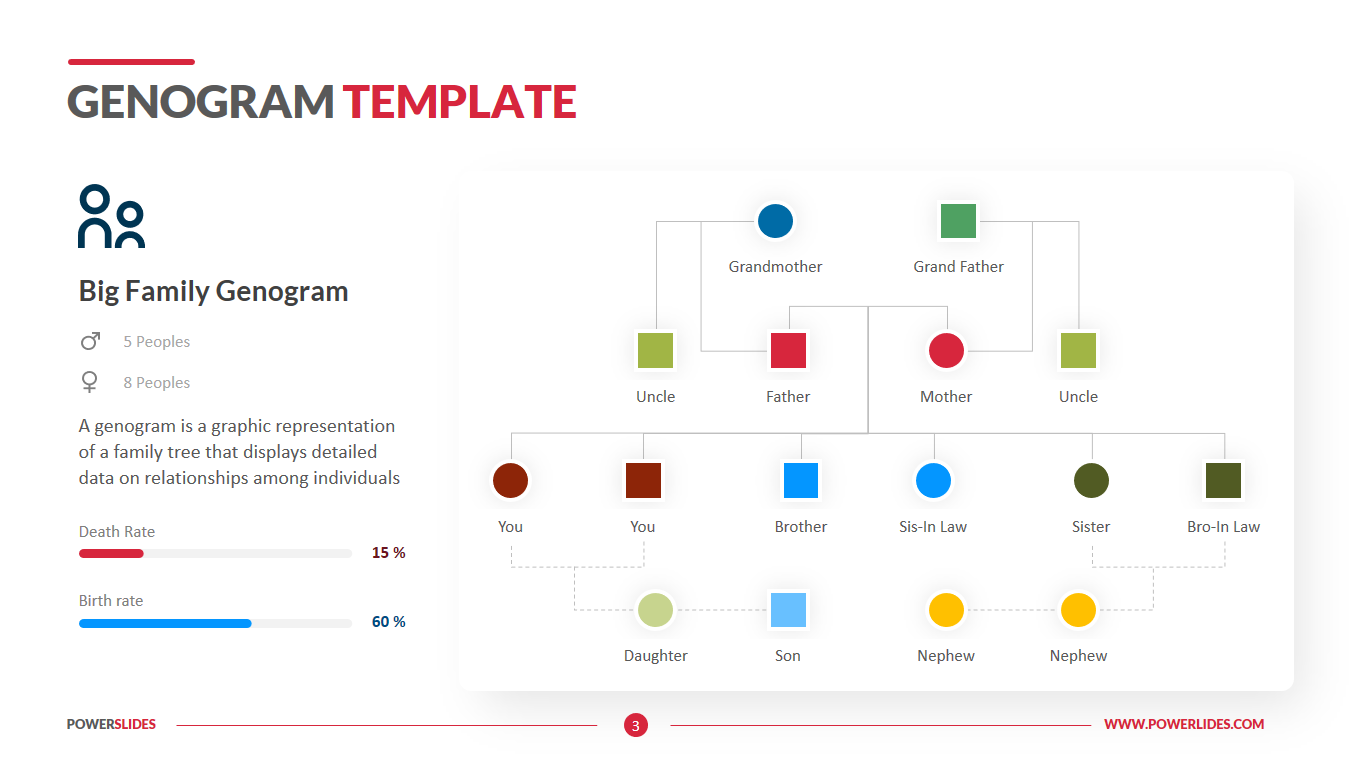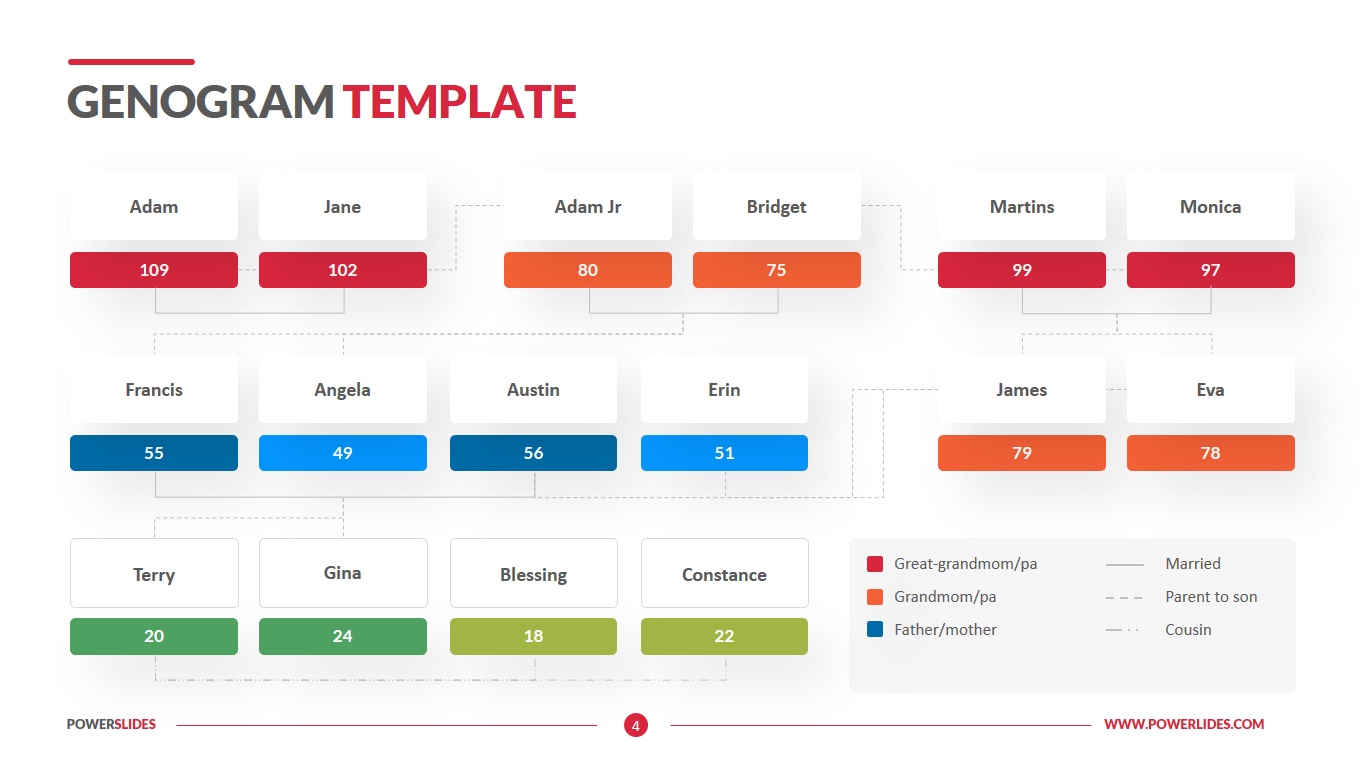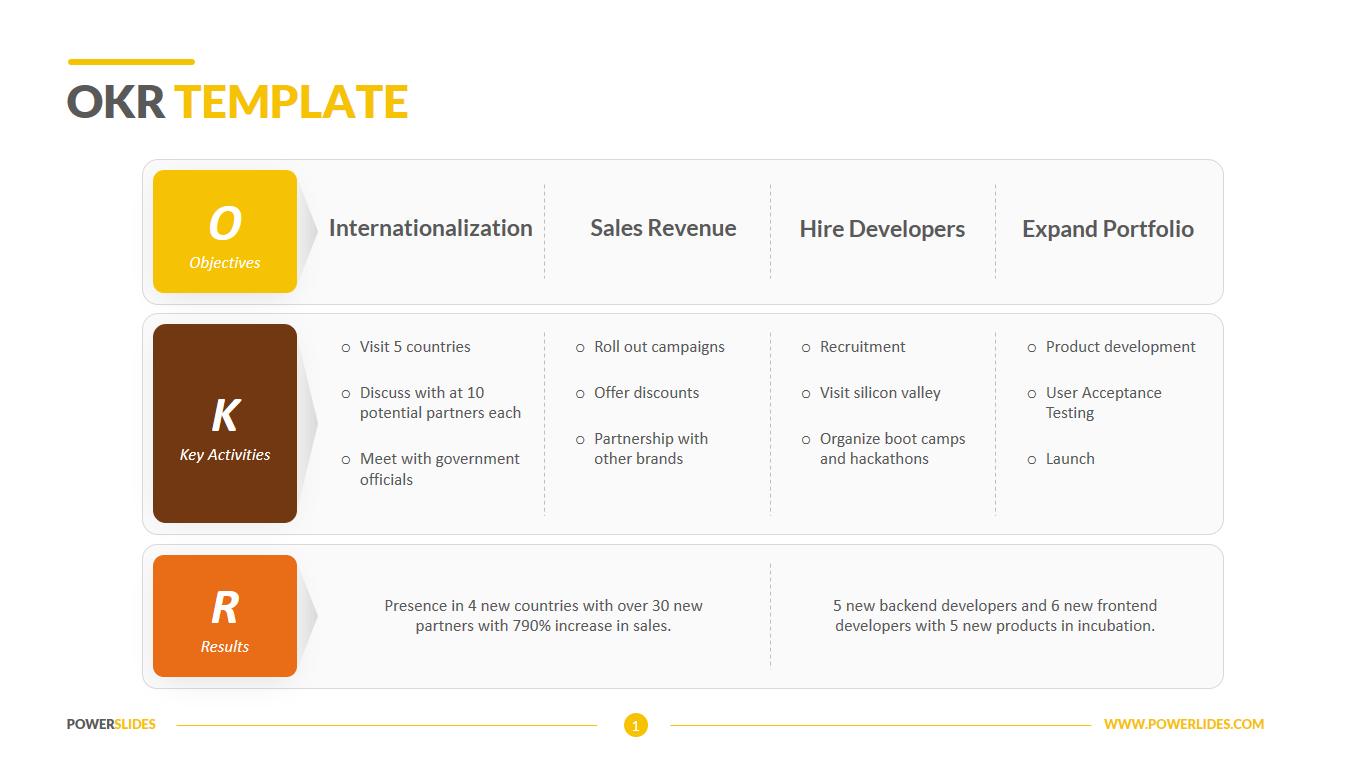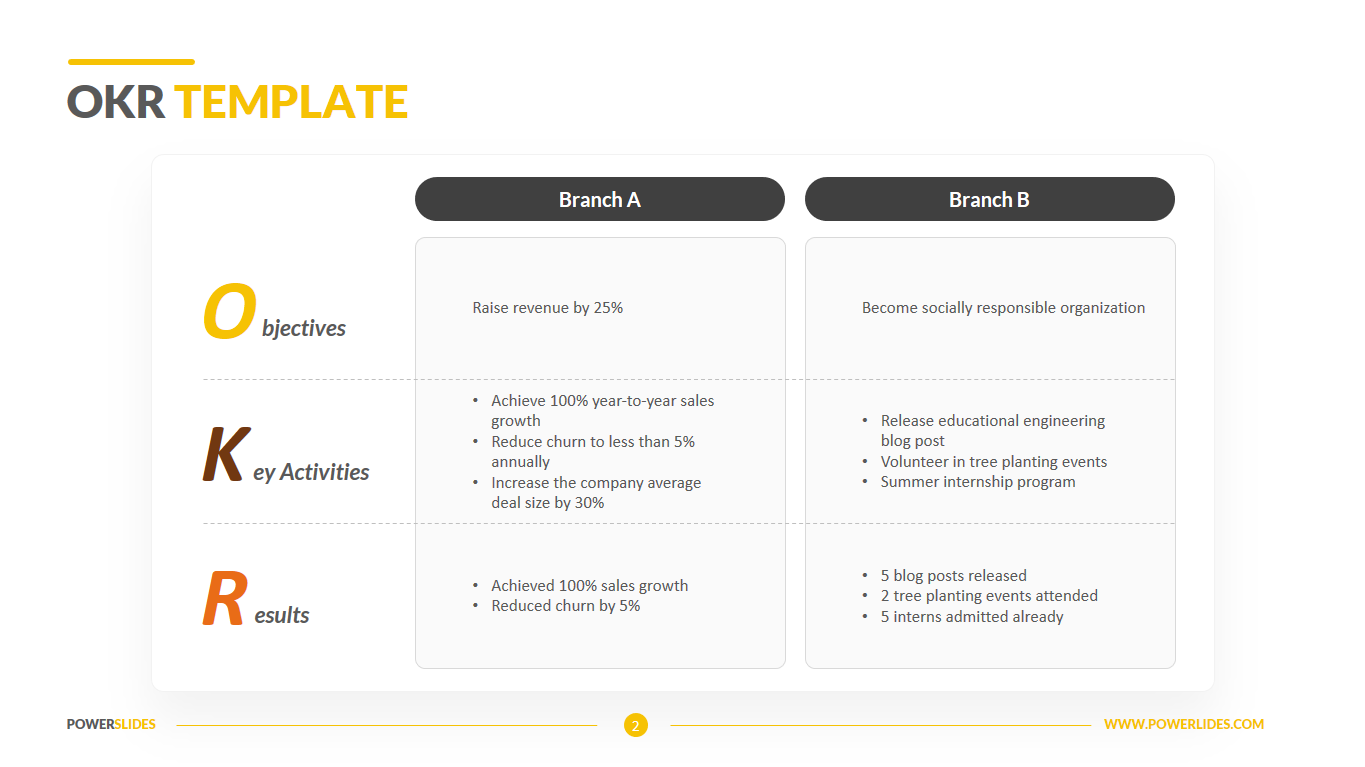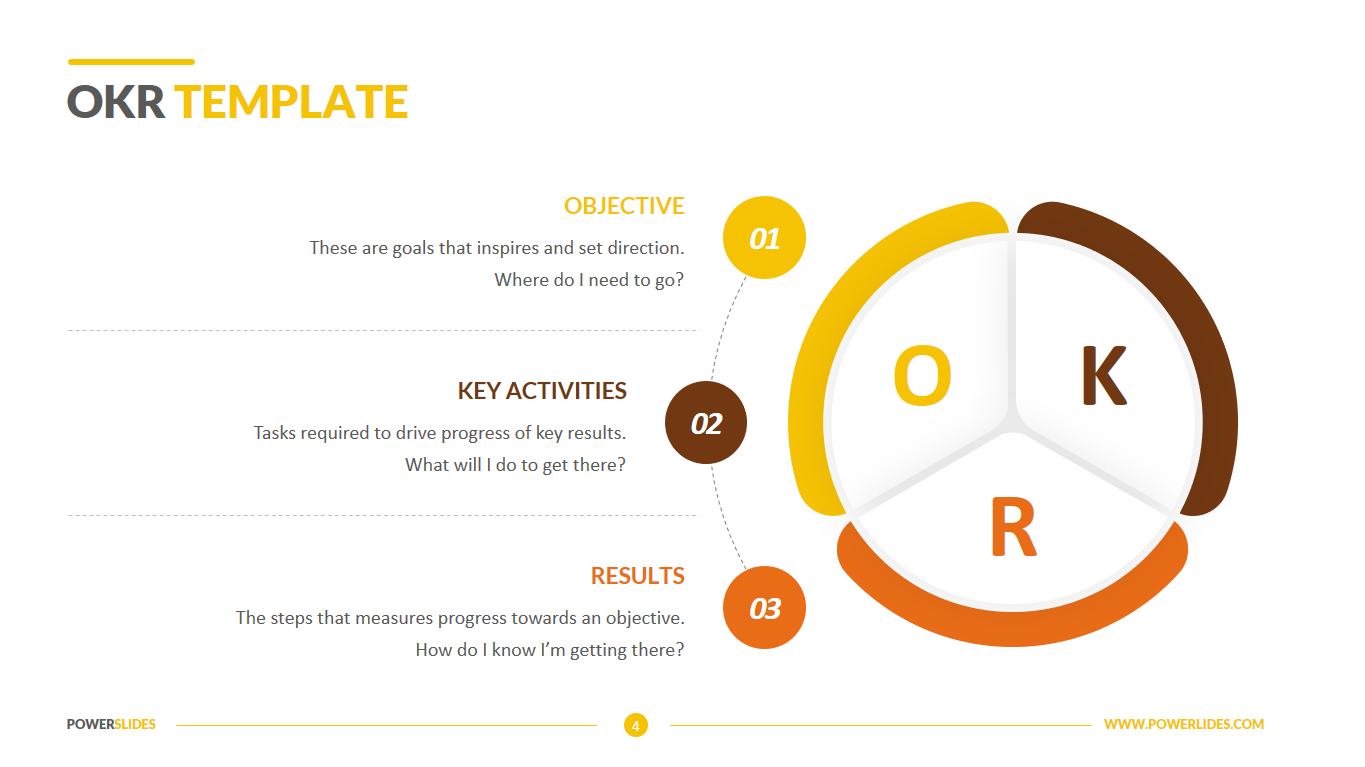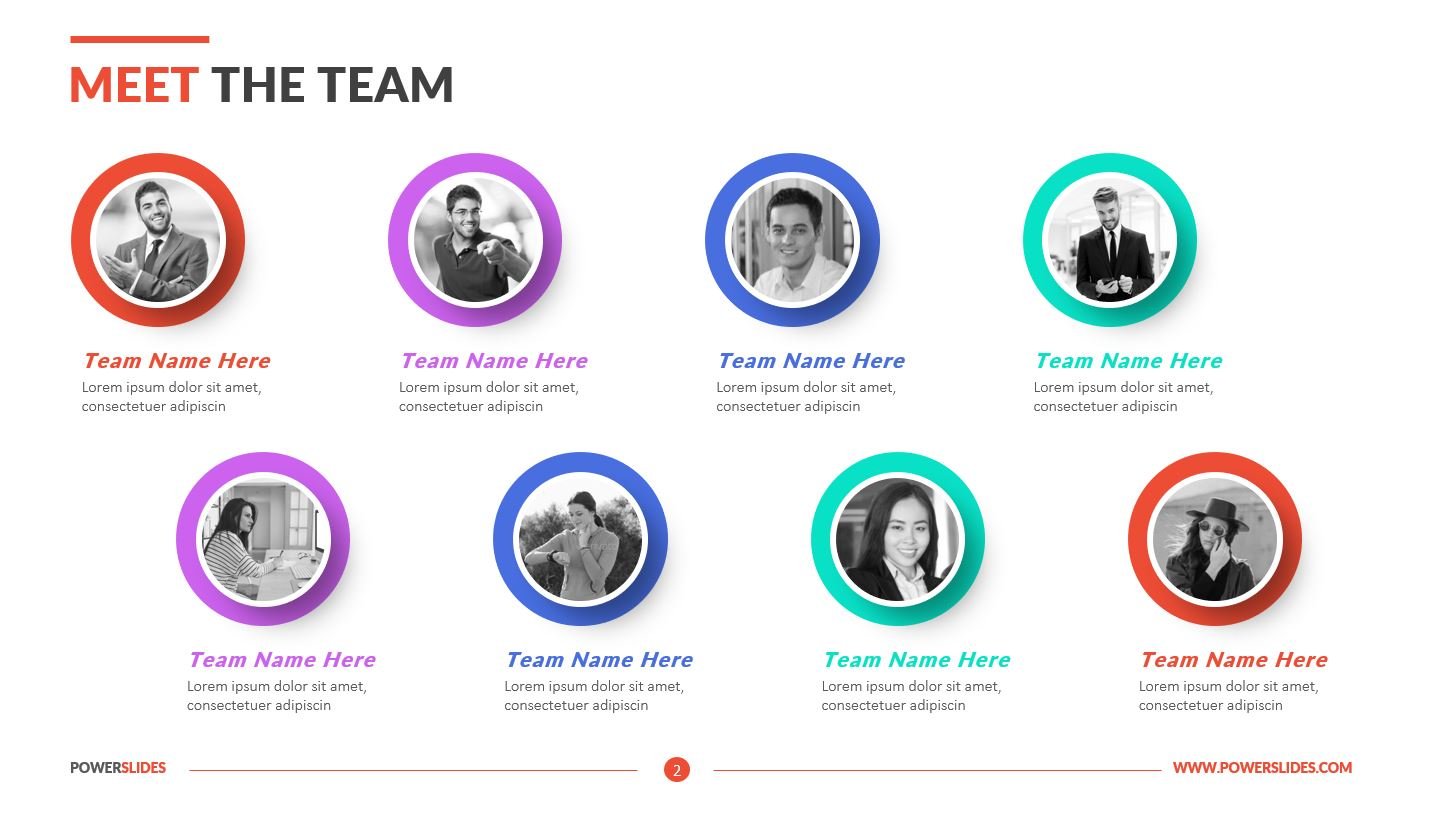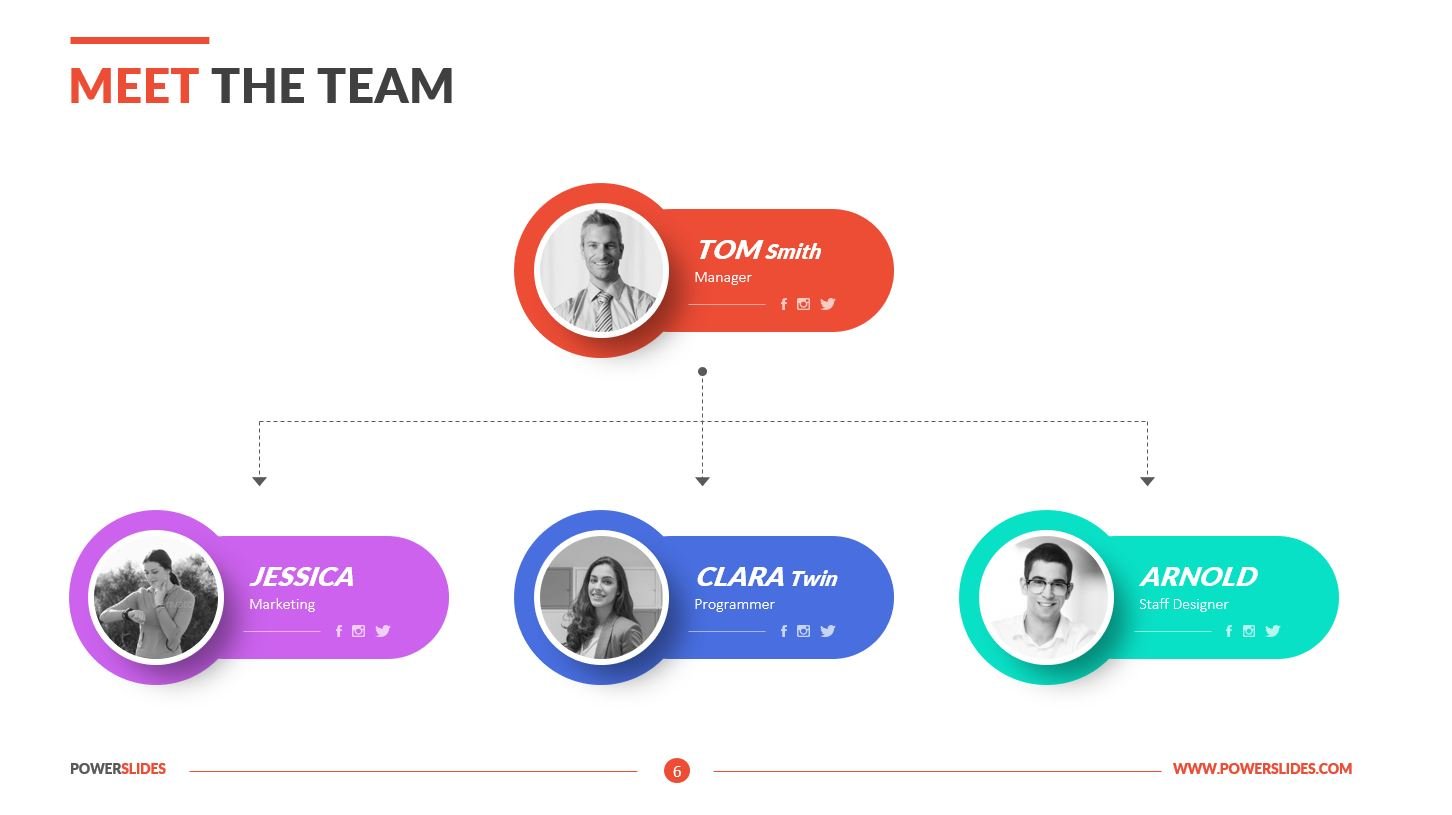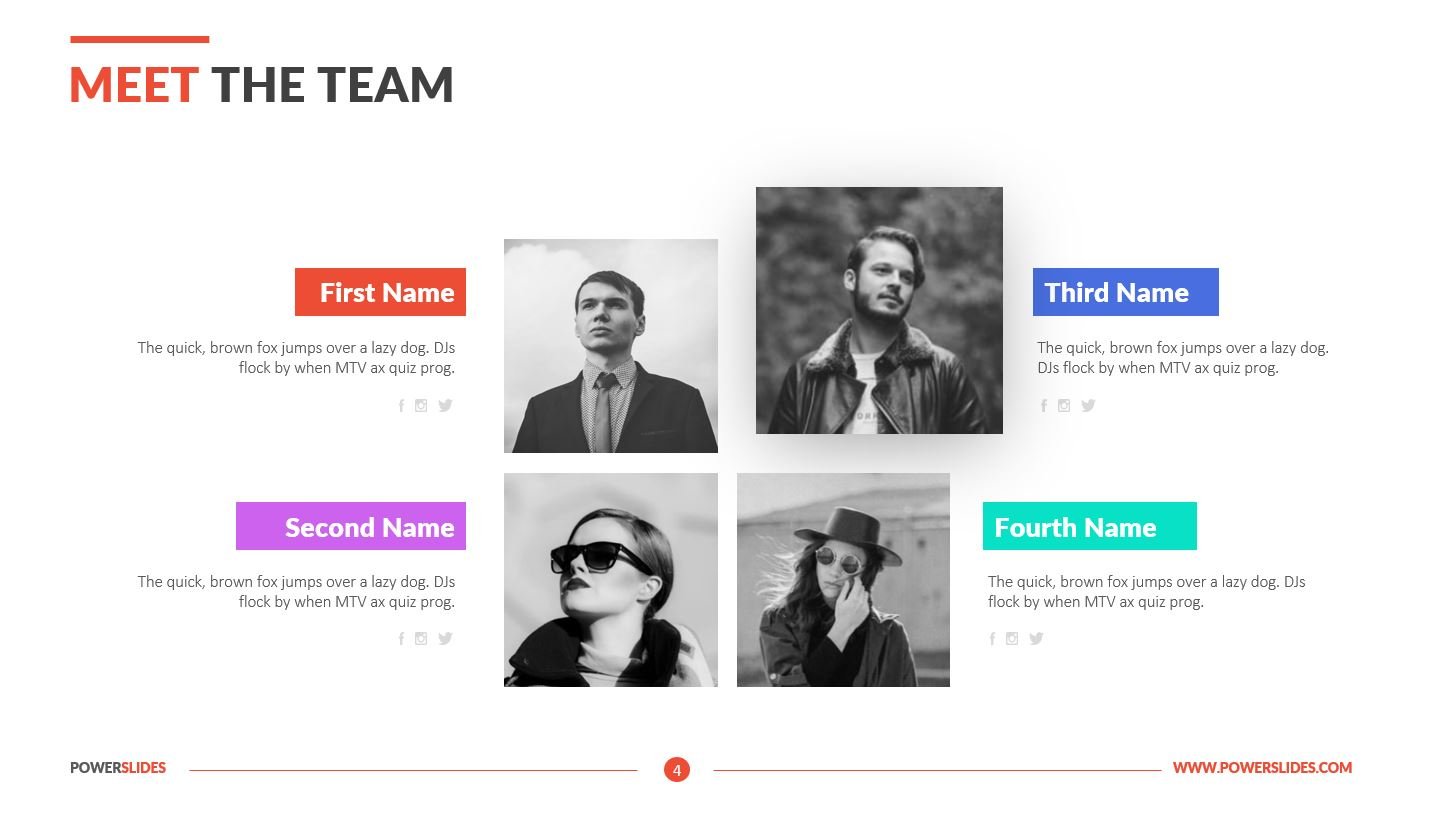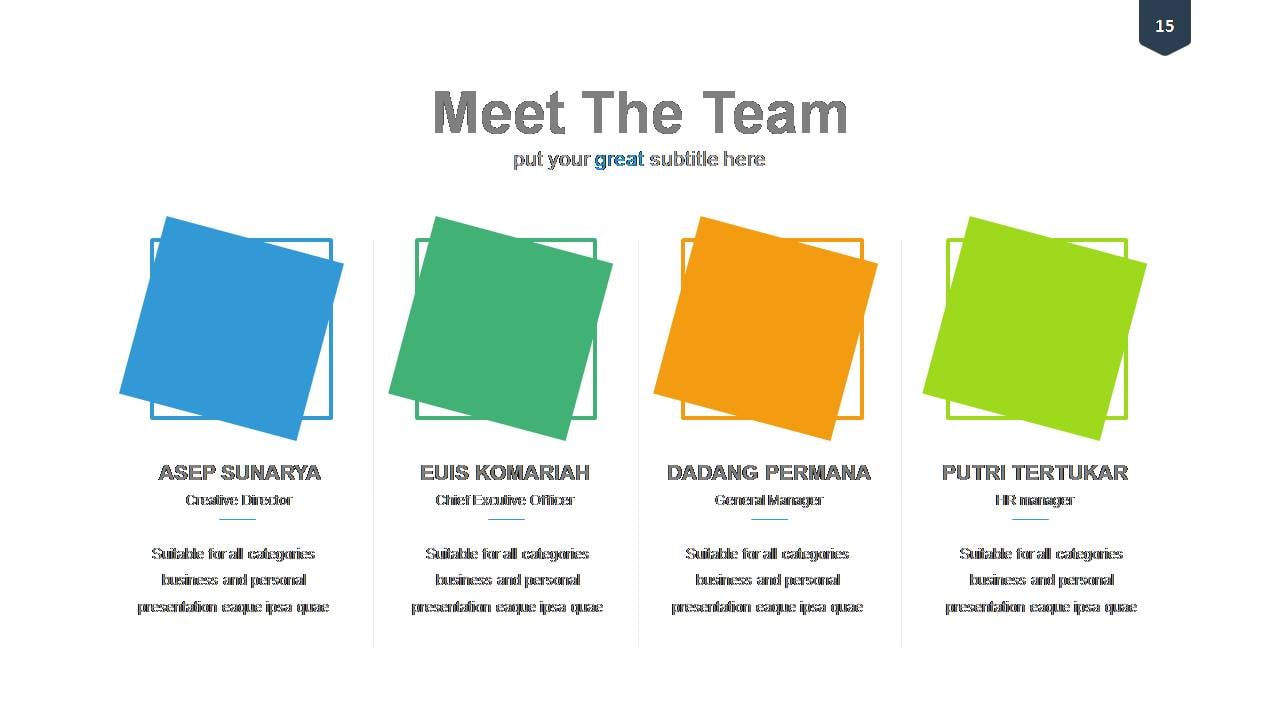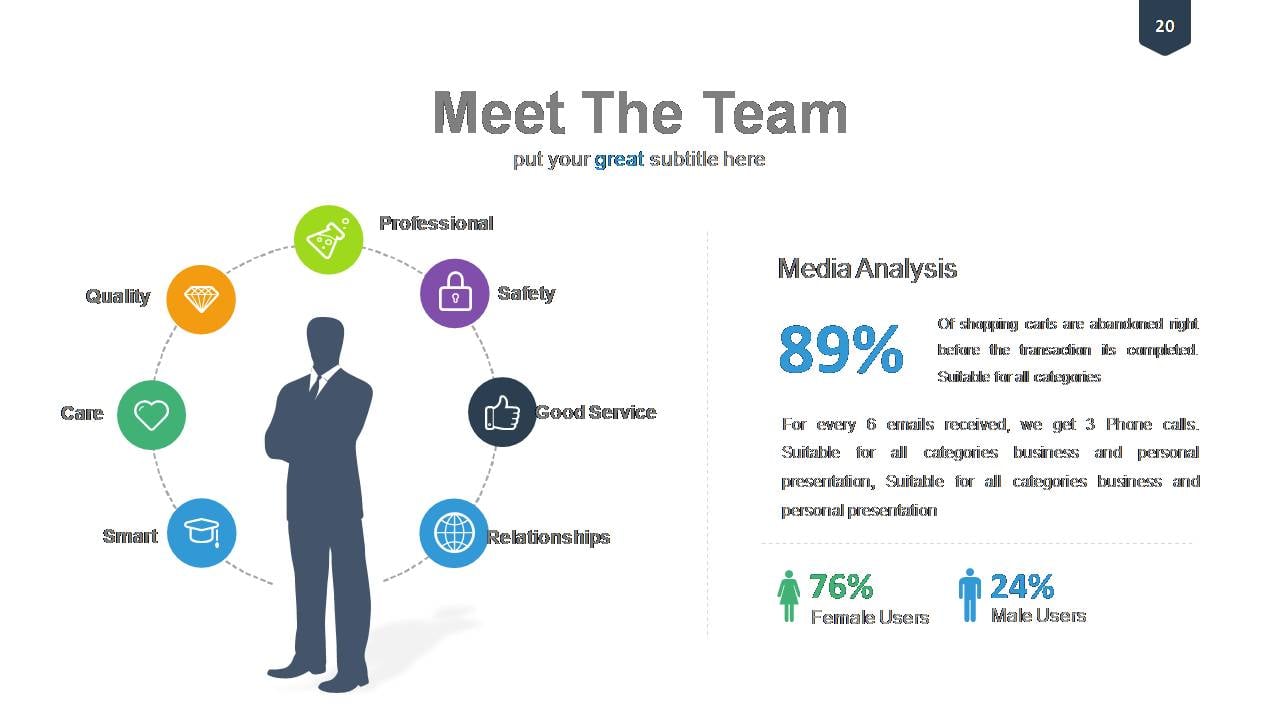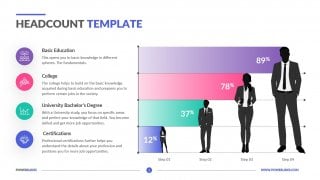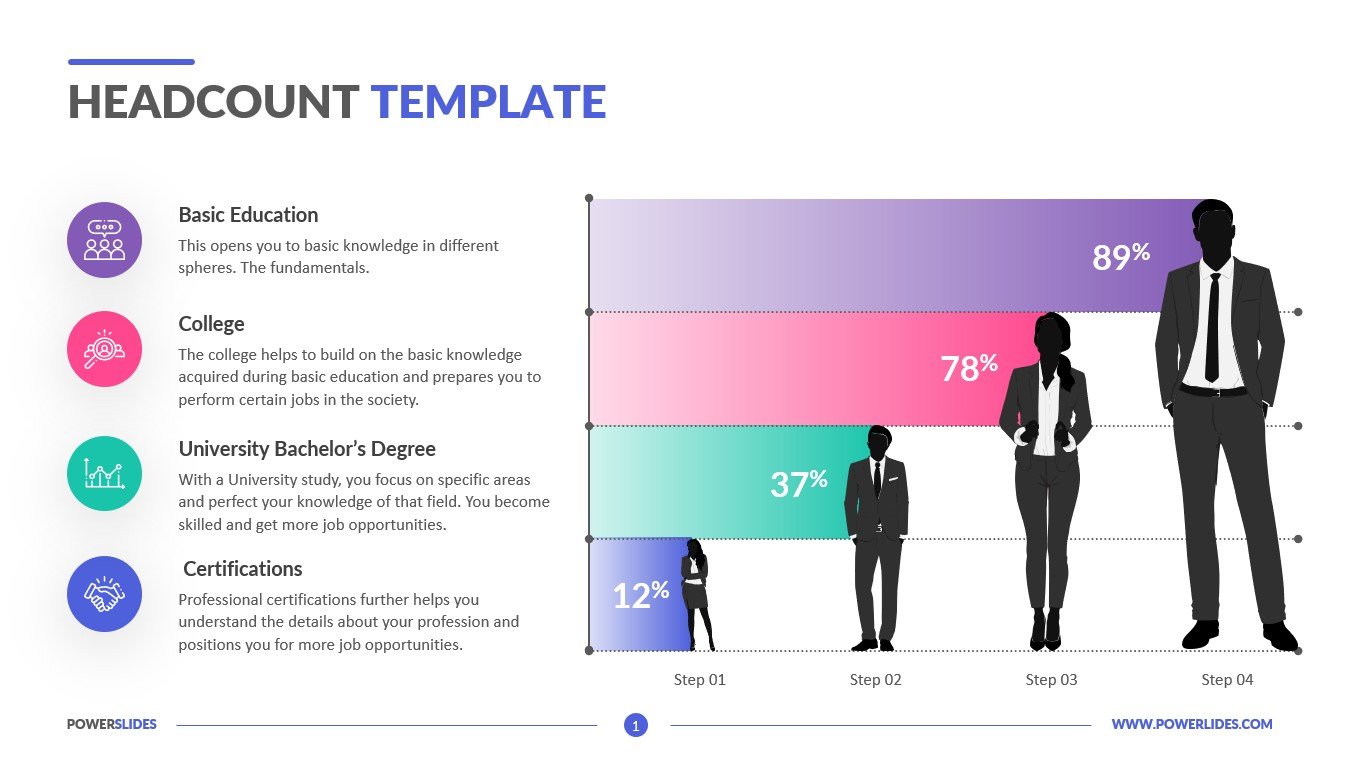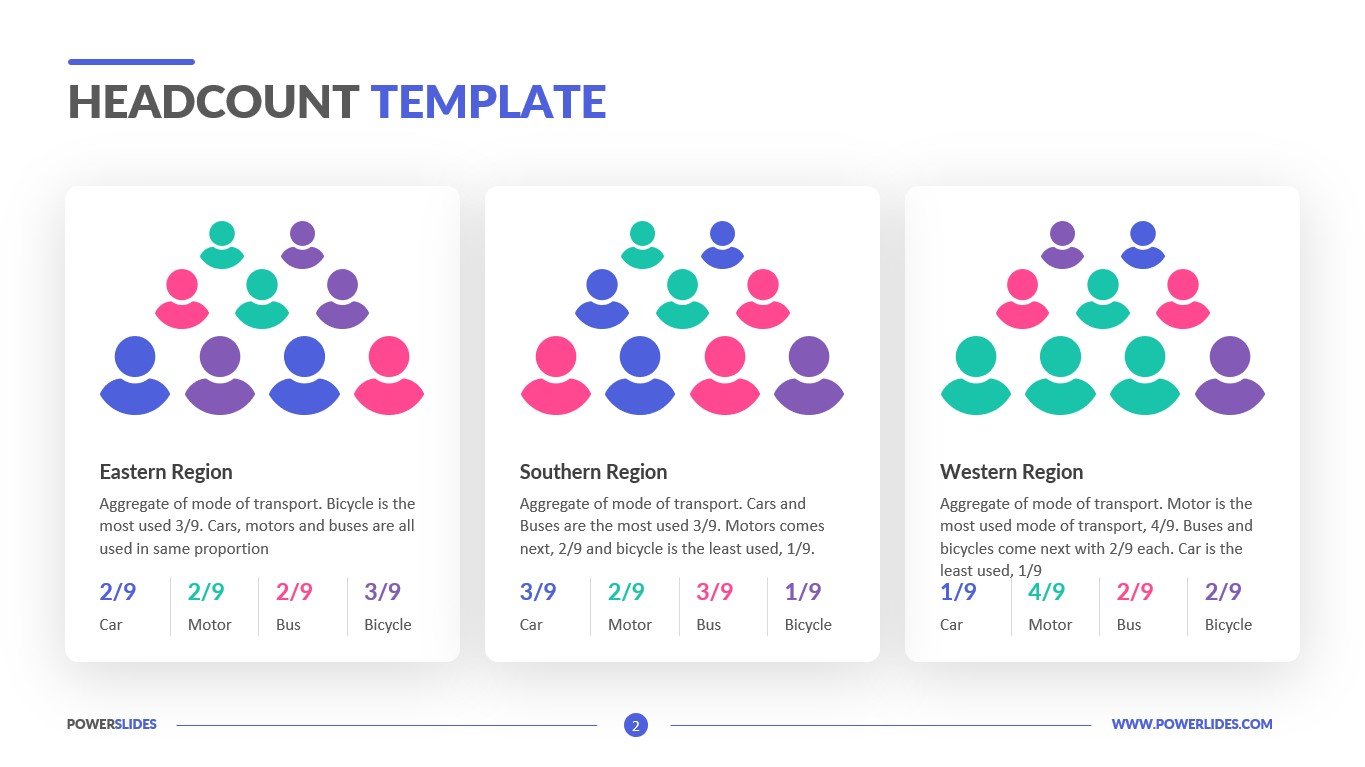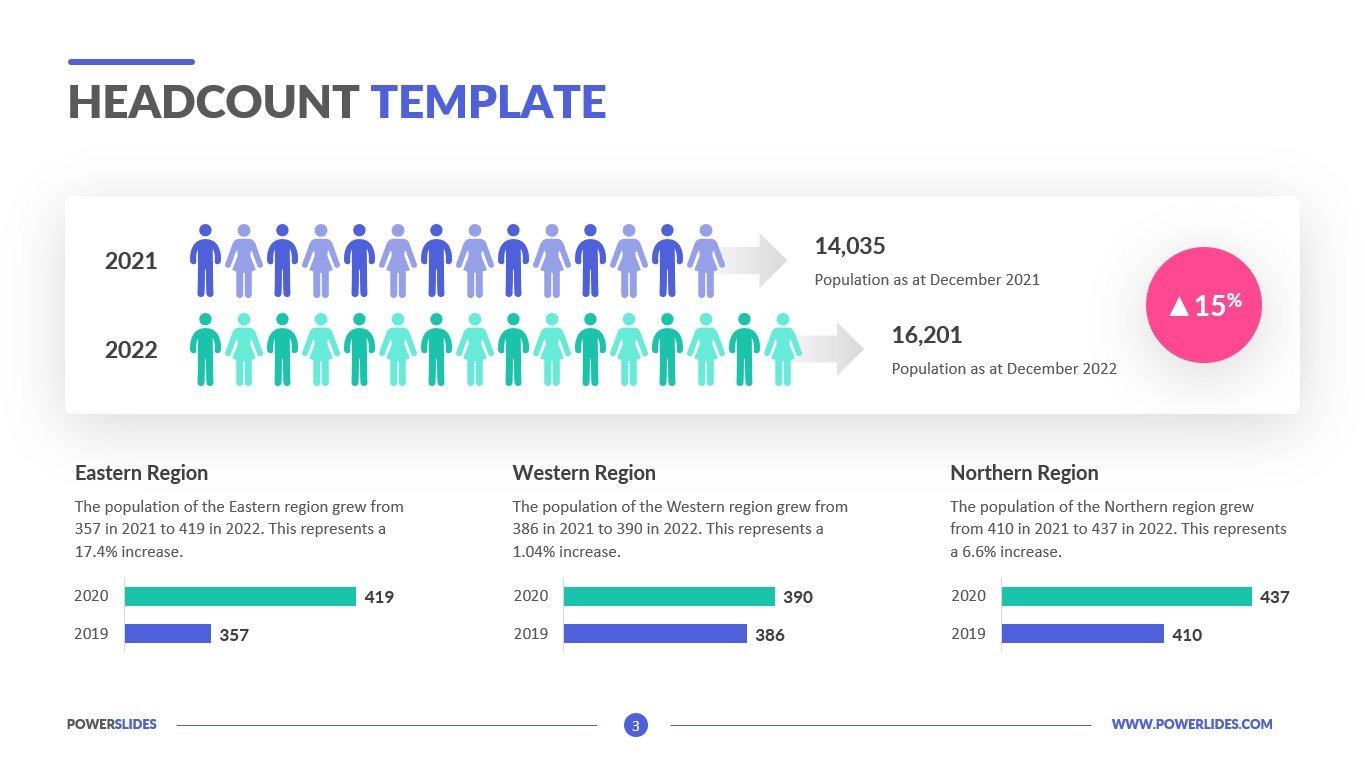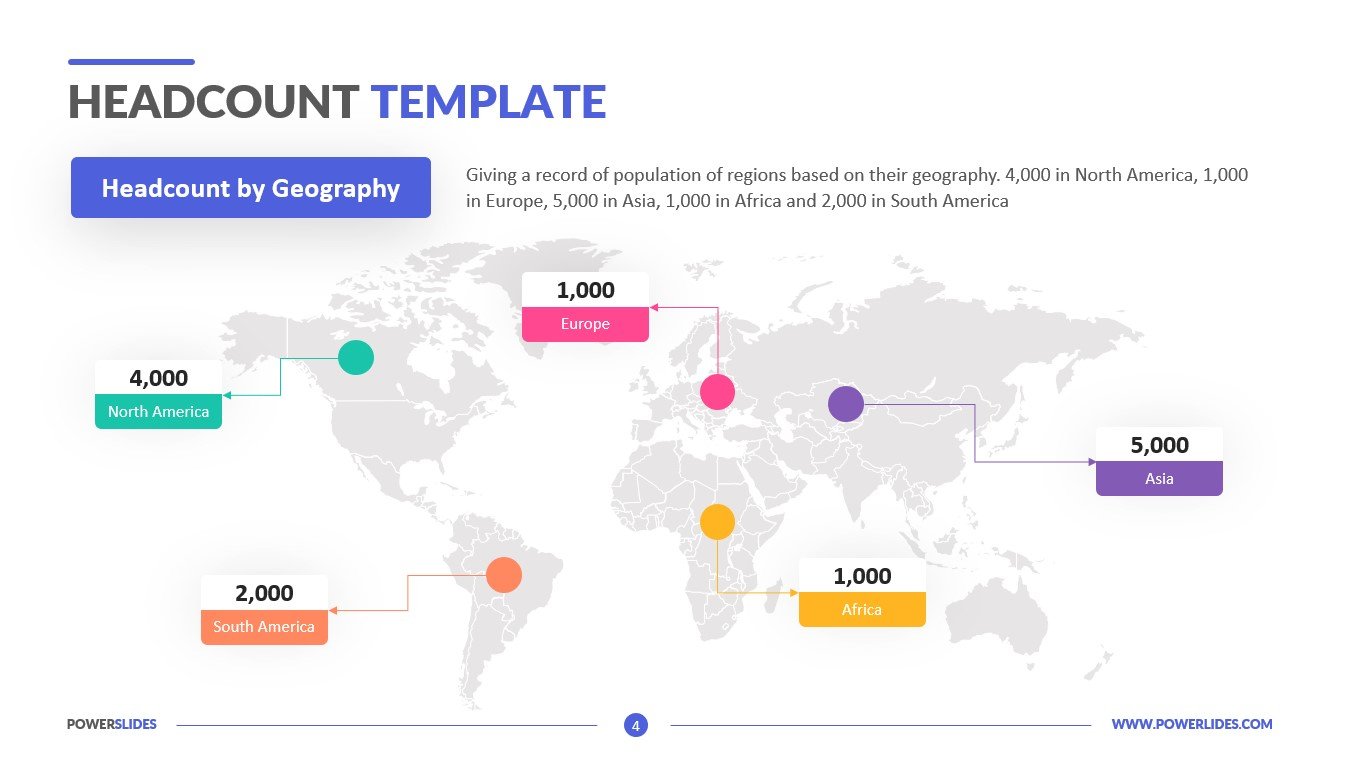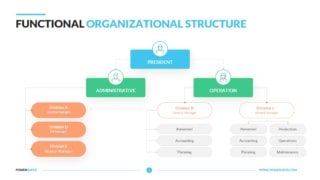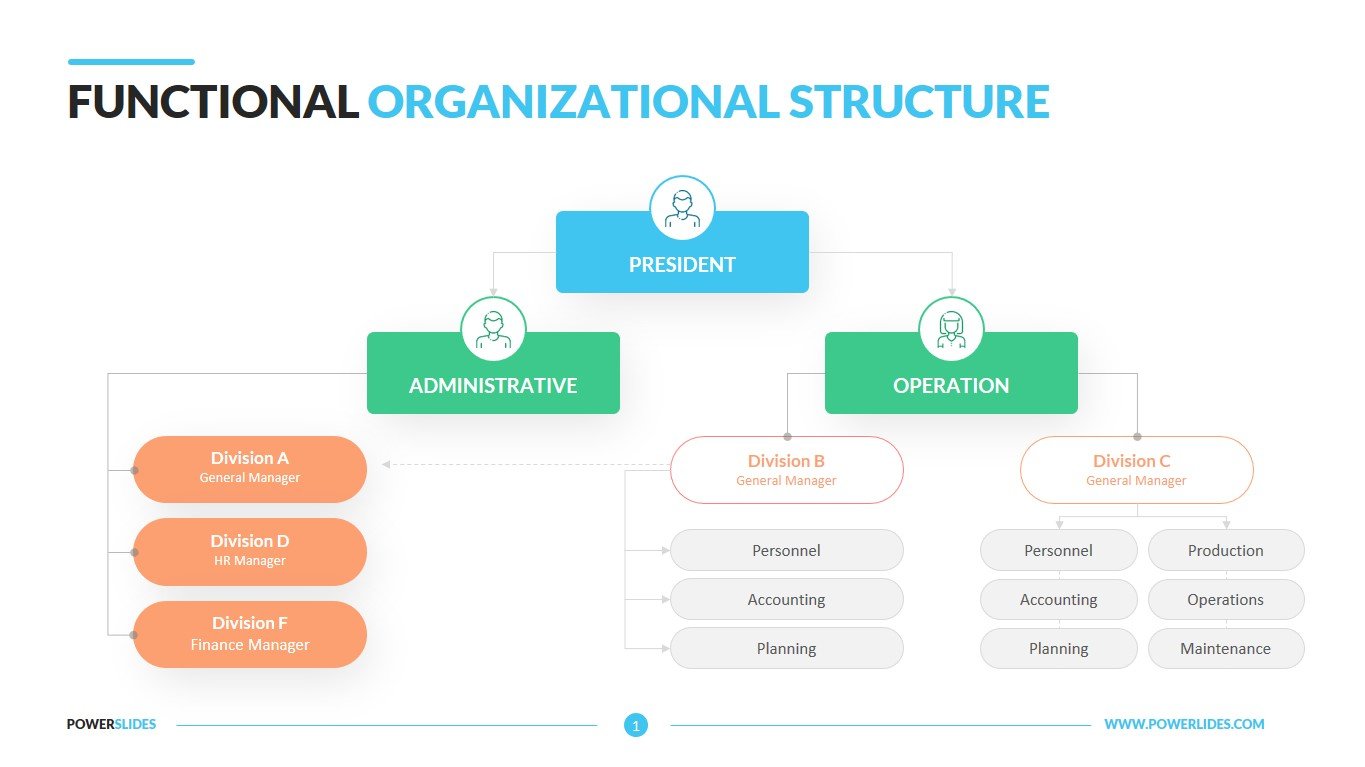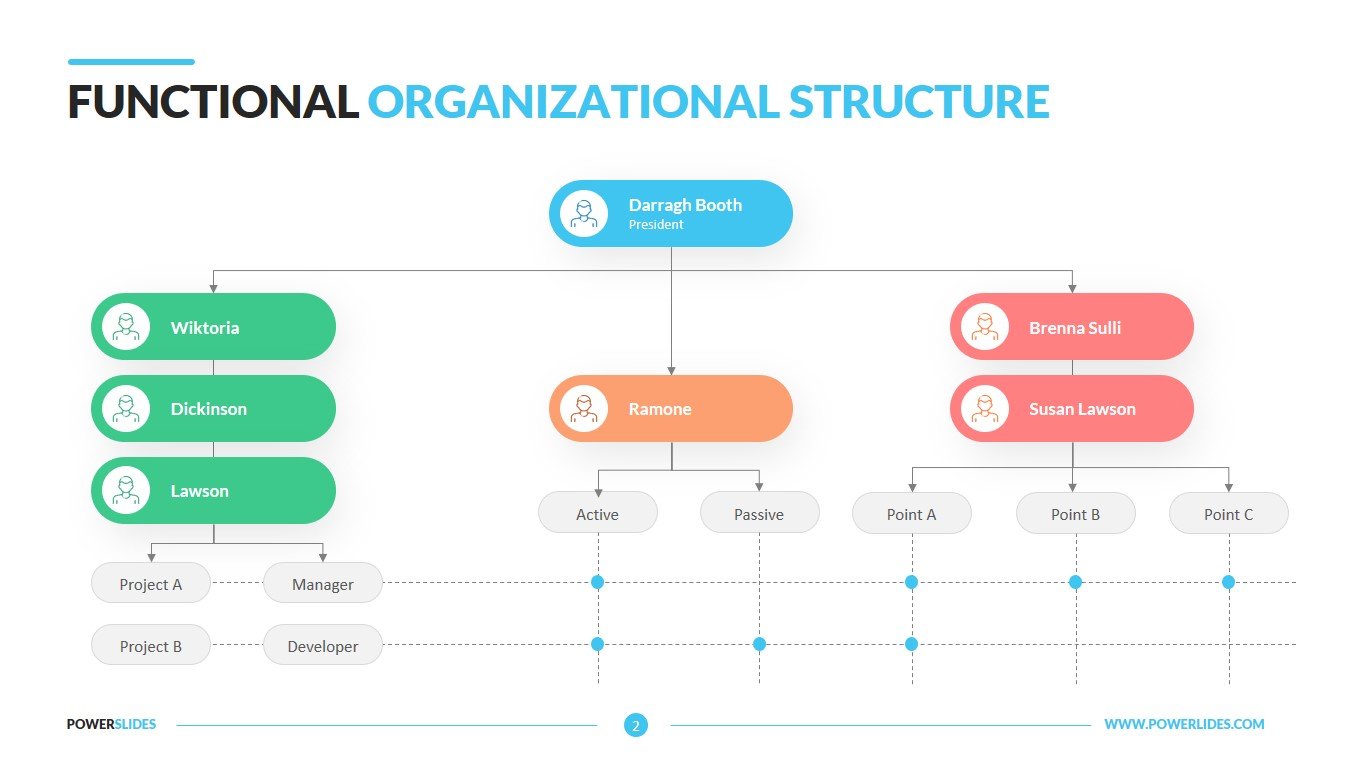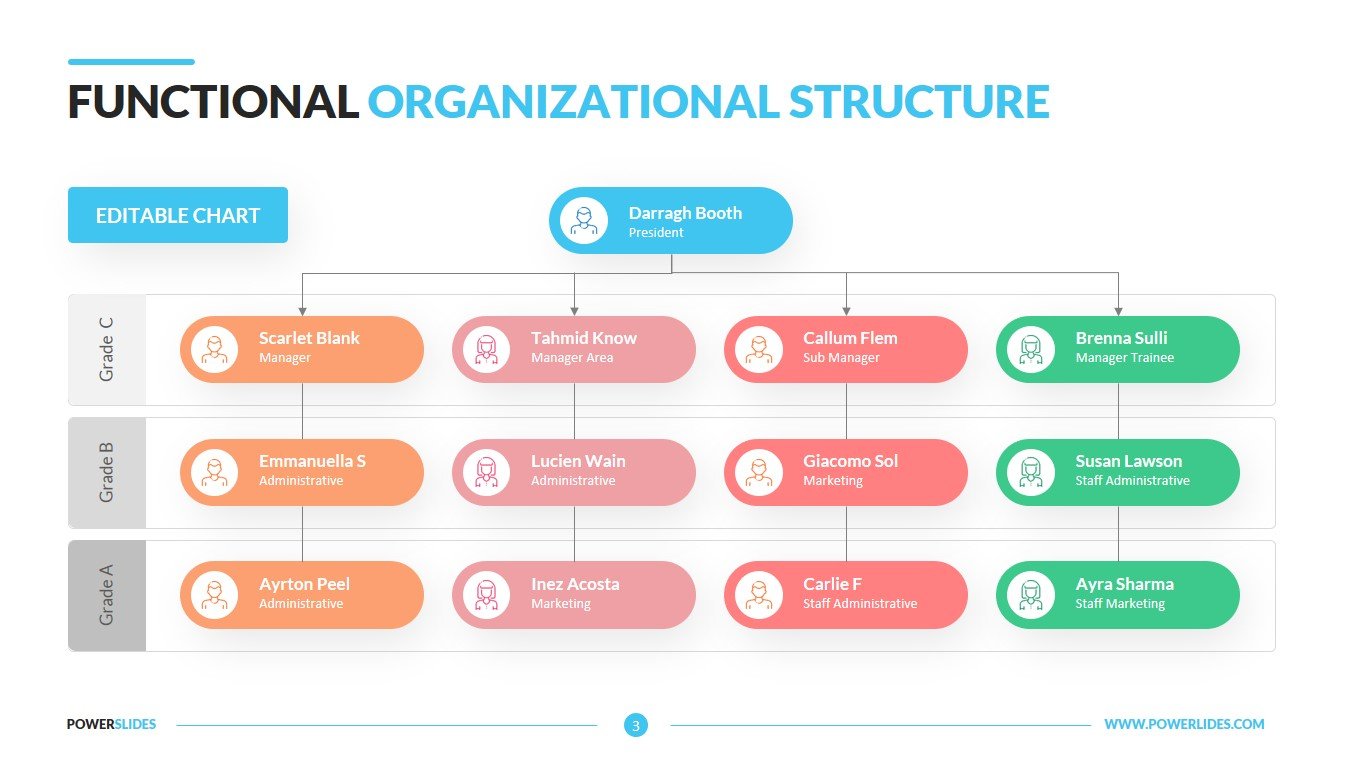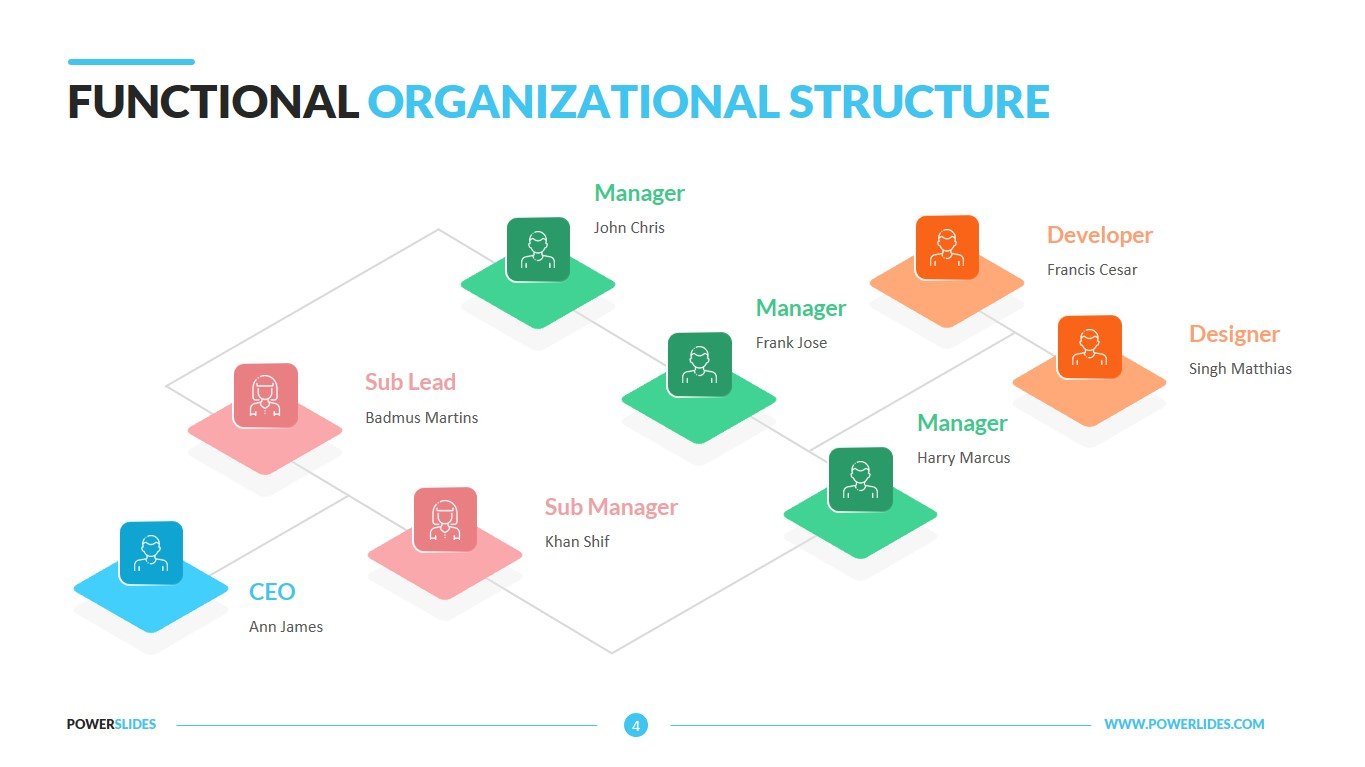Chain of Command
 4 Slides
4 Slides
 File size: 16:9
File size: 16:9 
 Fonts: Lato Black, Calibri
Fonts: Lato Black, Calibri
 Supported version
PPT 2010, PPT 2013, PPT 2016
Supported version
PPT 2010, PPT 2013, PPT 2016
Product details
Most every company has a chain of command in place, which is an organizational structure that shows how members of the company report to one another. Every employee, from the CEO to new hires, is typically included on an organizational chart. At the top of the chart would be the owner of the company or the chief executive officer, and the people who report to them would appear directly below. This pattern continues until every person or level of employment at the organization is accounted for. The chain of command represents levels of authority, and it’s easy to see by viewing your company’s chain of command who has direct reports and how many people an individual is responsible for. This is a hierarchy that is intentional and developed early in the company’s inception to help distribute power and responsibilities, keep employees aware of company news and create a system for sharing knowledge. A chain of command also provides every employee with a supervisor or manager who they can turn to if they have questions or need help to solve a problem. The level of accountability that a chain of command establishes helps each employee to be responsible for their own work. The chain of command is a very traditional way of structuring a company’s authority levels. It’s common to see the same chain of the command structure at various organizations, from customer-based businesses to government entities. The important thing to remember is that the farther at the bottom of the hierarchy your position is, the less authority you may have. Those at the top of the hierarchy possession more control over organizational developments and are in the position to make important decisions. They also carry more accountability and responsibility for the company’s success and all the individuals who fall under them in the chain of command. Here are just some of the advantages you can expect from having a chain in command in place – Increased efficiency, Stability, Accountability, Structured responsibility, Outside understanding.
The Chain of Command template follows the latest design trends. All slides in the template have the necessary tools to build a professional presentation. The first slide will be useful for companies with small company staff. This slide has a 3D effect that immediately grabs the audience’s attention. This slide is primarily for startups and high-tech companies. The second and third slides are made in the usual style. These slides can be used by HR managers to prepare information about company structure. Also, these slides will be useful when introducing new employees to the company. The last slide gives you the opportunity to display the large staff of your company. This approach allows you to represent all functional relationships within the company. This slide will be useful for large industrial enterprises and international companies. The Chain of Command pattern can also be used by project managers and team leaders.





